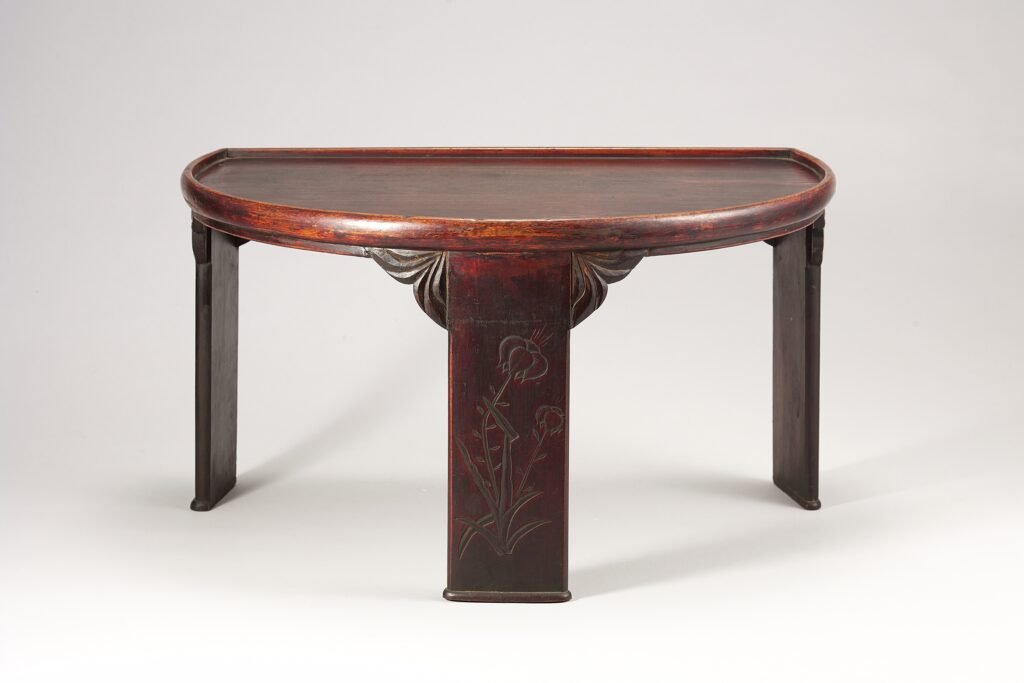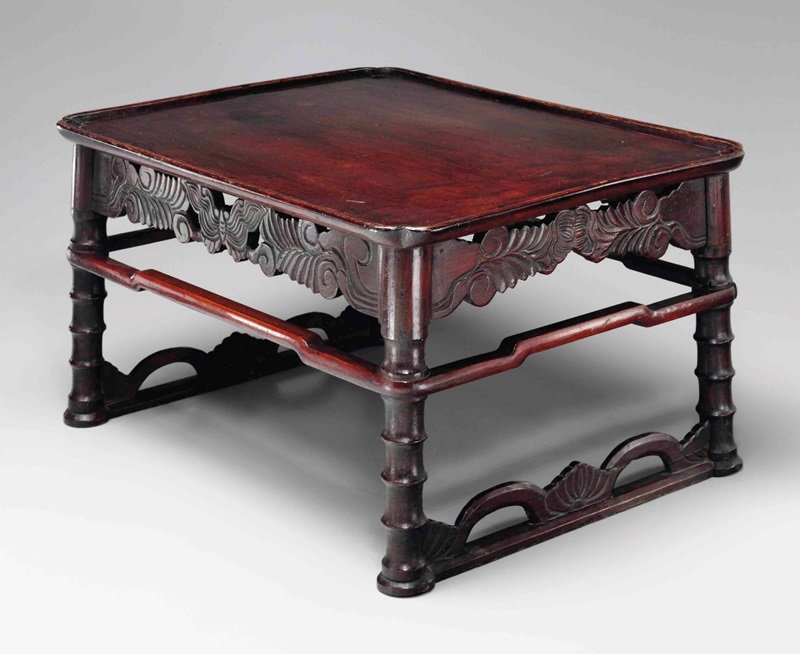For more information about Soban you can read our article: The soban
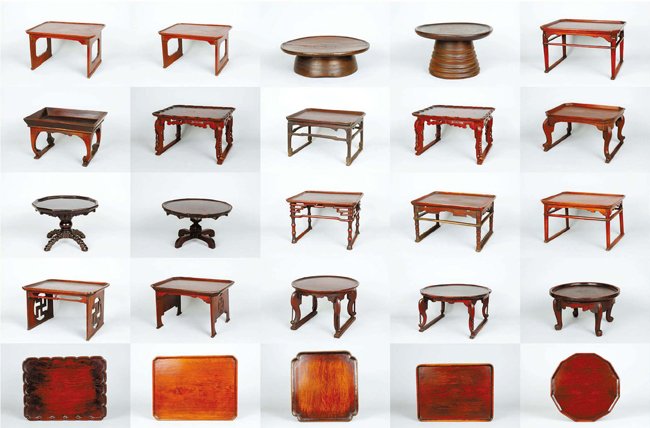
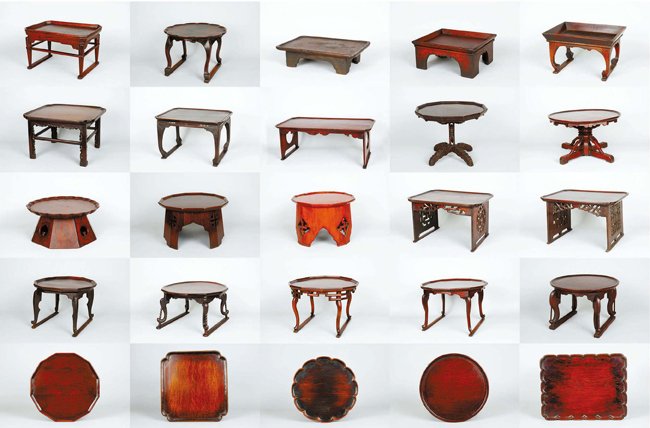

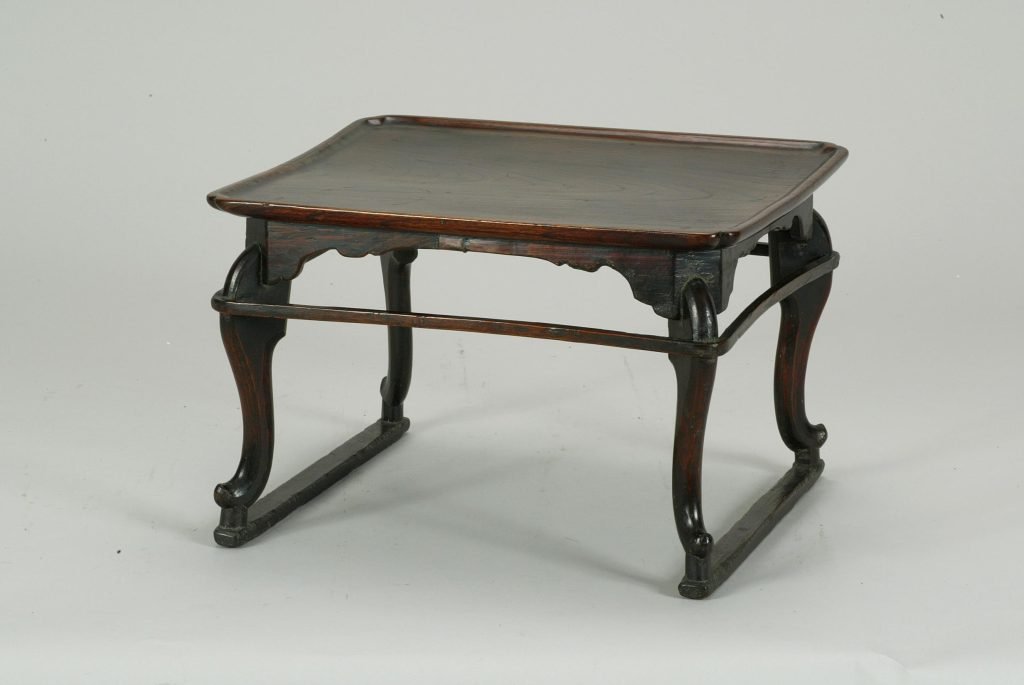
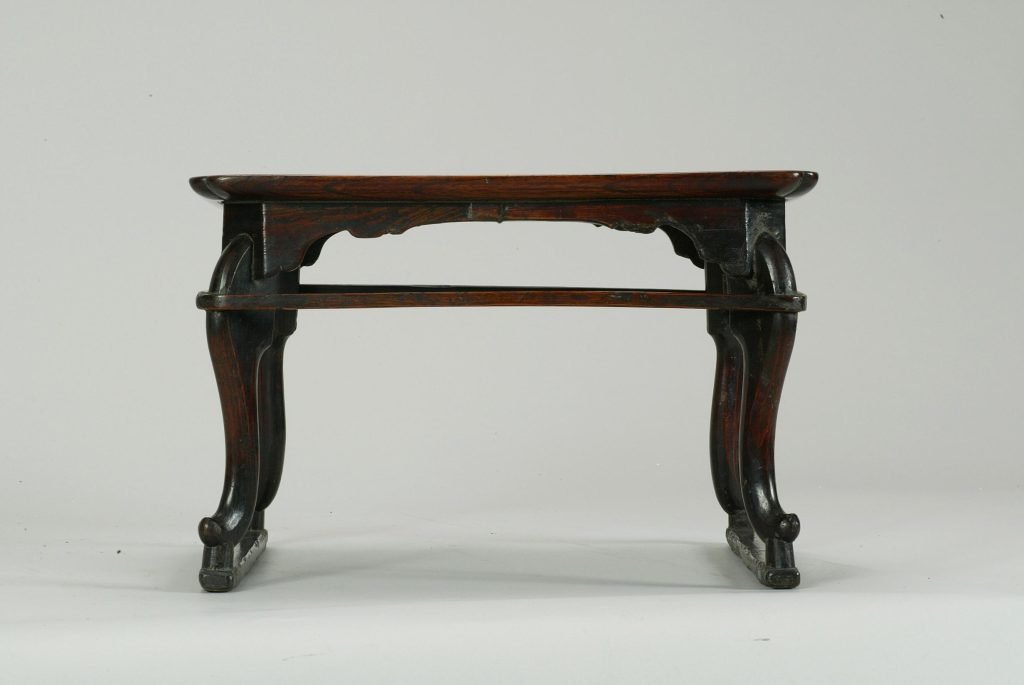
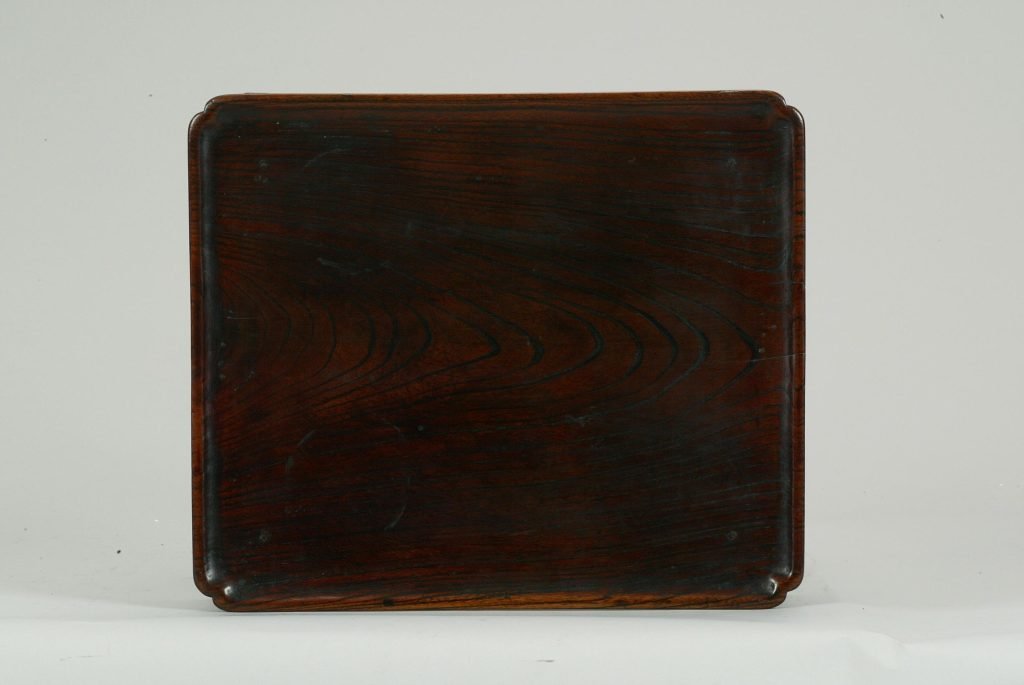
HOJOKBAN.
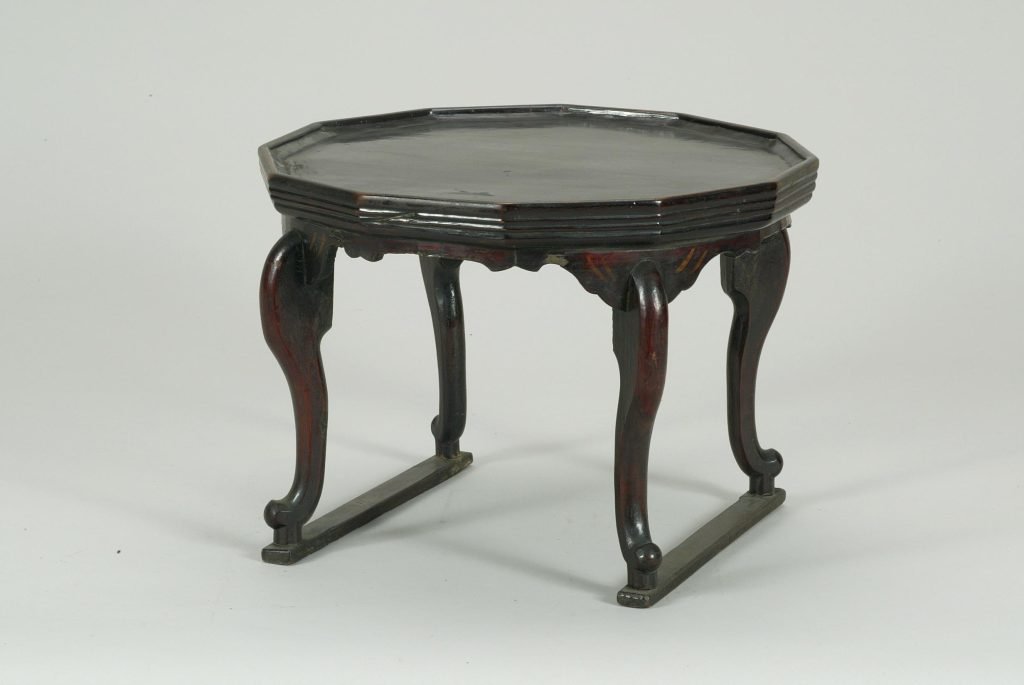
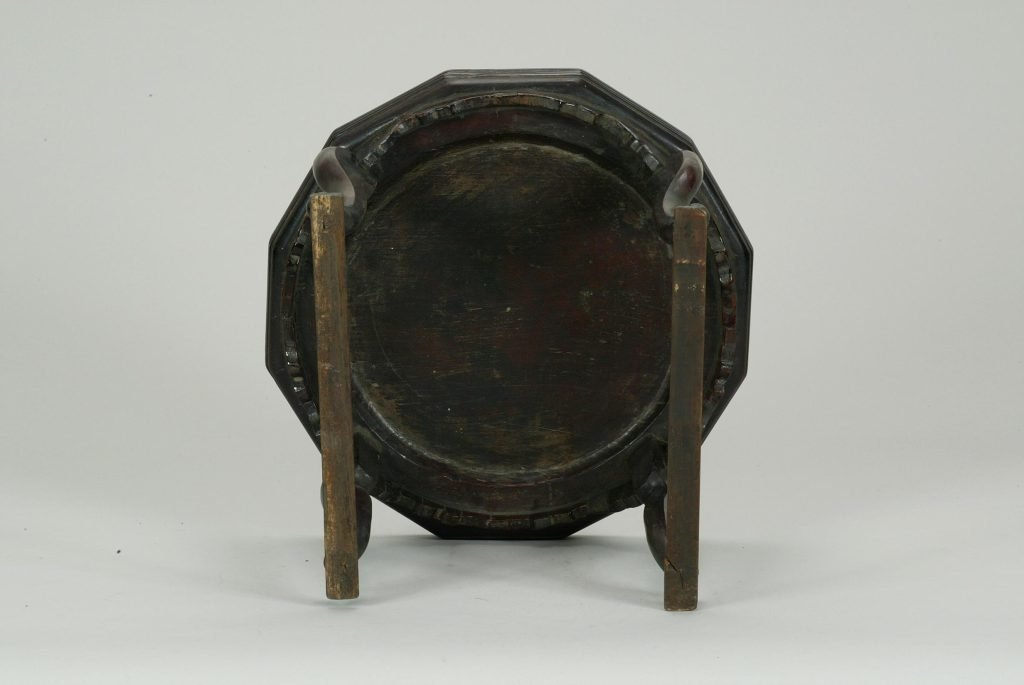
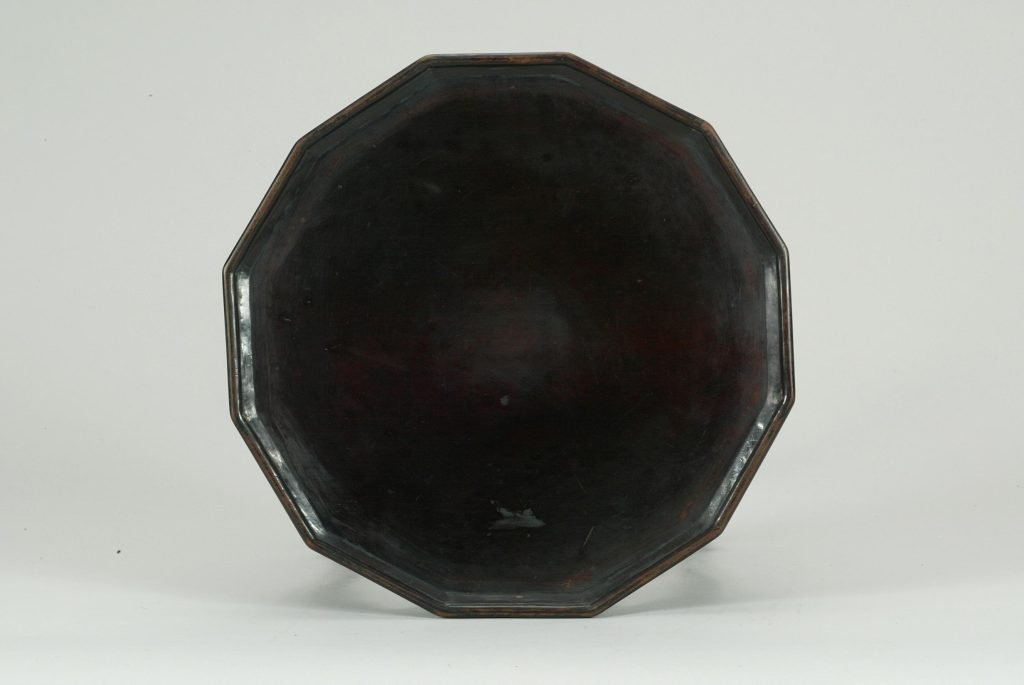

Gimhae Folk Museum
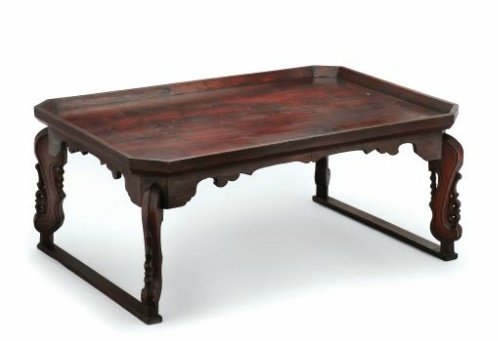
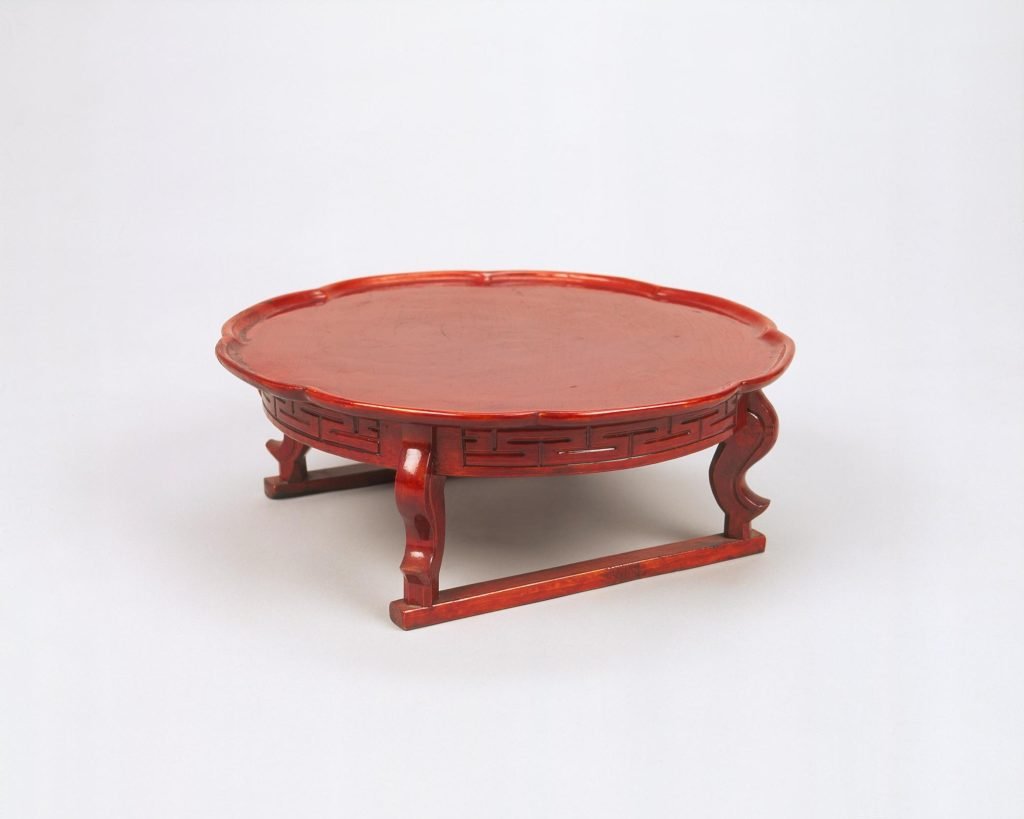
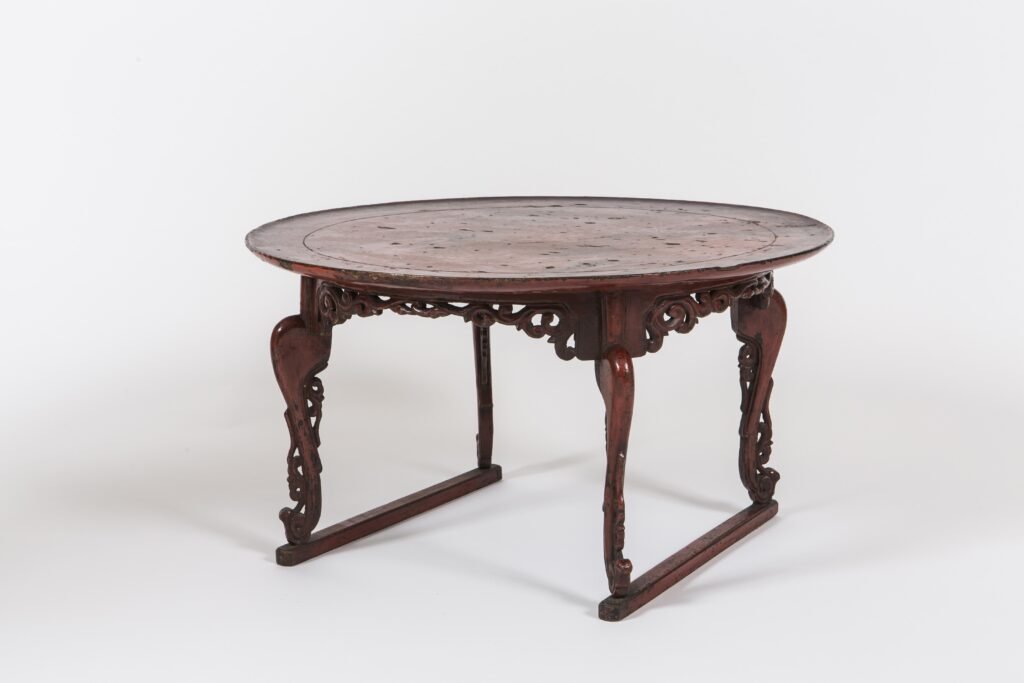
Border lines engraved on top.
Lacquer except for the under plate.
Yeungnam University Museum.
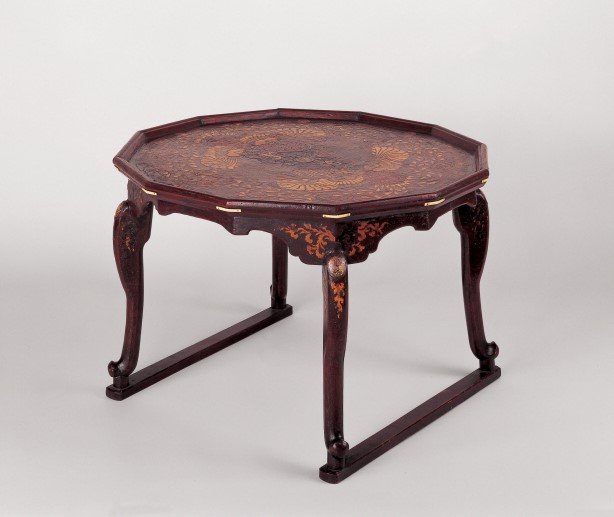
Collection Gyeonggi Province Museum.
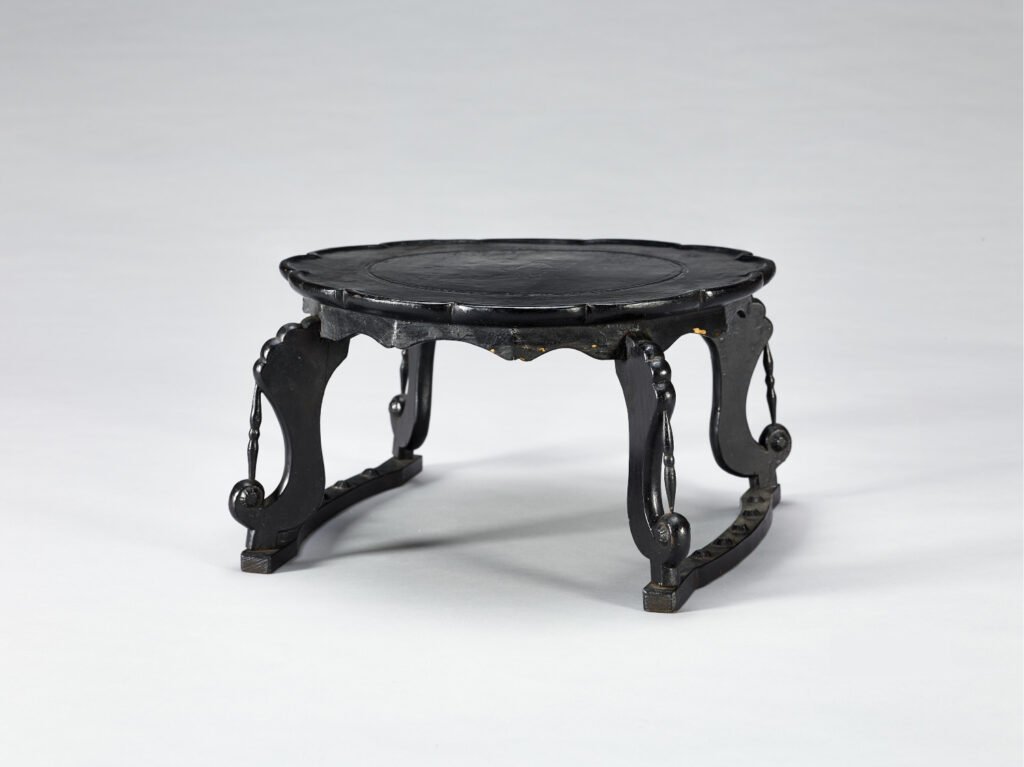
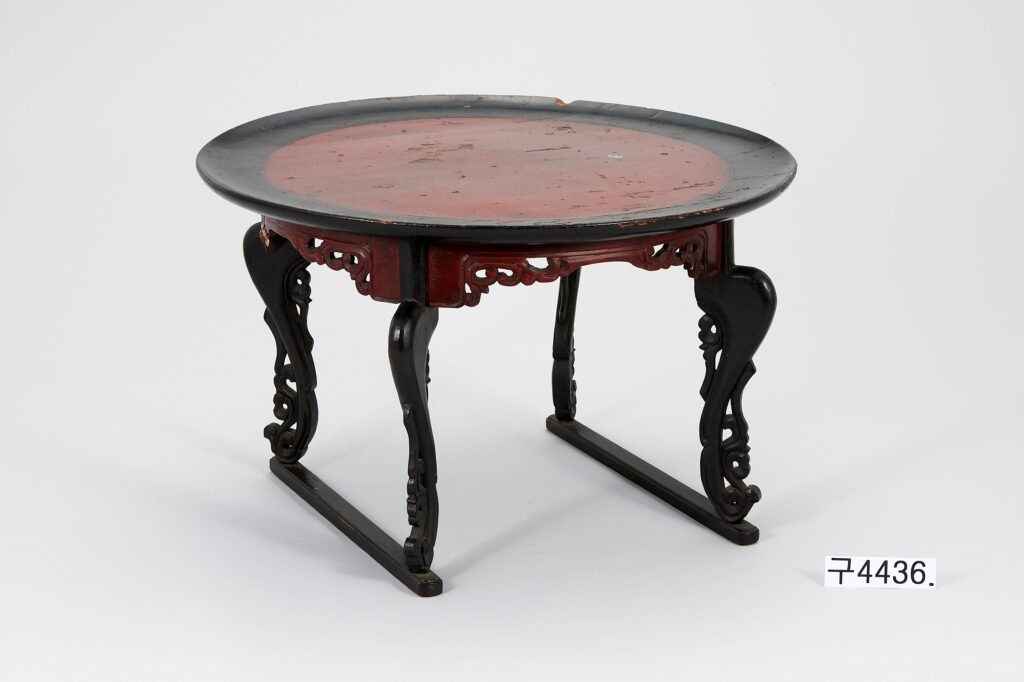

Collection National Museum of Korea.
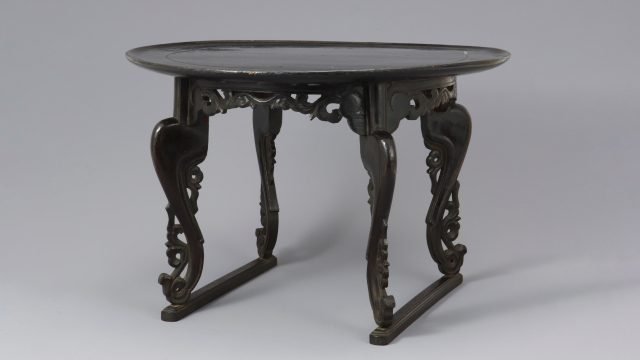
The shape of the top plate is circular. It is a disk with a relatively wide dimension. It was produced using black lacquer, a painting method that adds iron oxide to raw lacquer to create a black color. Black lacquer, like red lacquer, could only be used in the royal court or noble families, so it appears to have been used by noble families. This black lacquered table has a very simple circular line engraving on the top plate, and is characterized by quite ornate carved flower patterns on the cloud and four legs.
Collection: Bonte Museum, Jeju Do. Korea.

It is a Soban made from a single plate without a rim on the edge of the top plate, and the entire table is painted in red. “Juchil” is a painting method that involves adding pearl-colored paint to transparent raw lacquer to create a red color. This technique was exclusively used in the royal court or by noble families. The mother-of-pearl and lacquered crane pattern table is adorned with mother-of-pearl, featuring a su (壽) octagon at the center of the top plate and four crane patterns surrounding it. The Chinese character Su (壽) is engraved on the border that connects the top and legs, with an arabesque pattern engraved around it. The four legs are foot-shaped, exhibiting elegant curves.
Collection: Bonte Museum, Jeju Do. Korea.
GUJOKBAN.
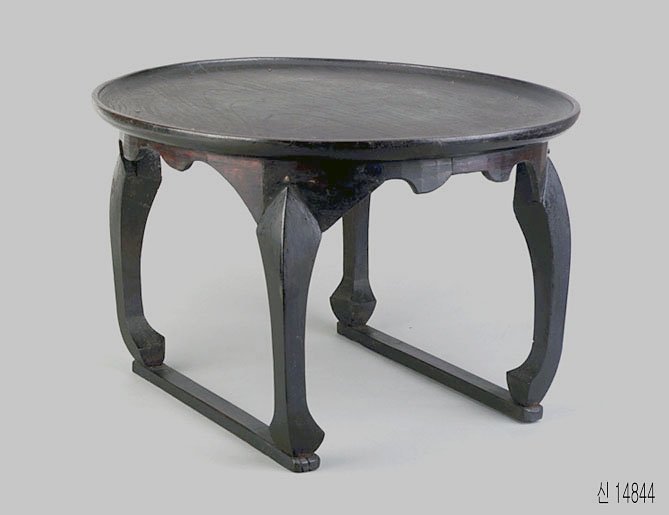
Collection National Museum of Korea.
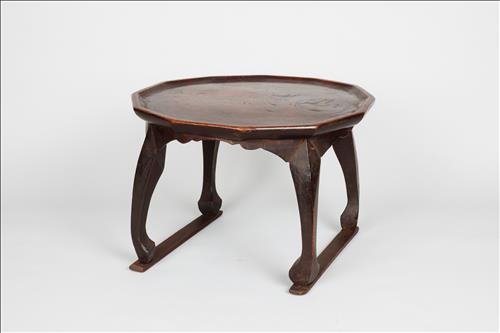
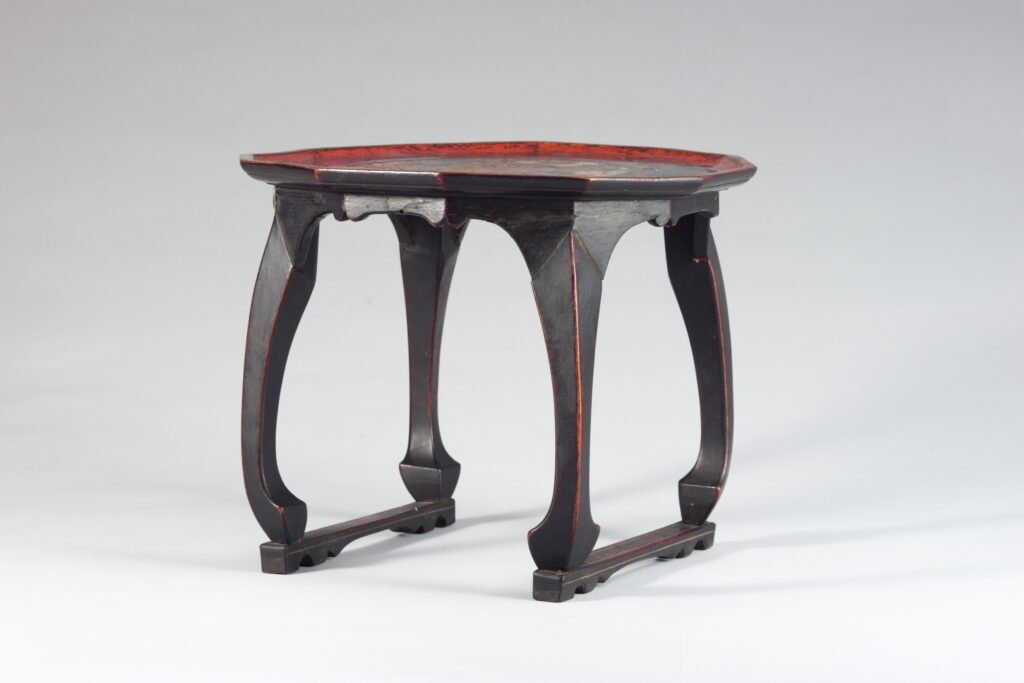
Collection National Museum of Korea.
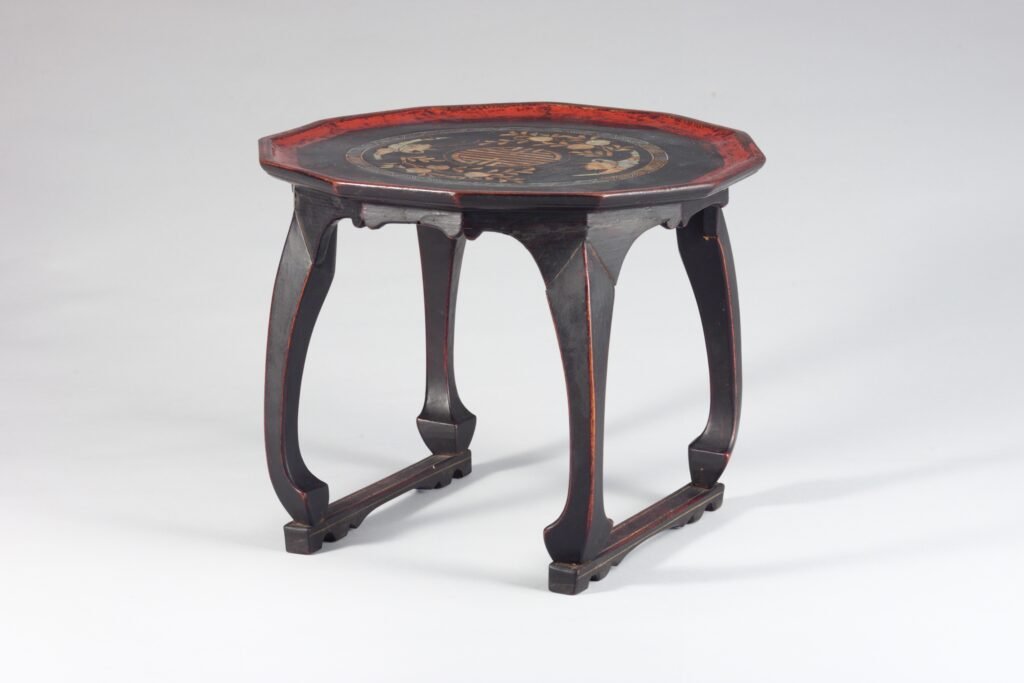

This table is known as the “Gaedari” Table or “Gujokban” because its legs resemble those of a dog. Gujokban is primarily produced in the Chungju region, earning it the alternative name Chungjuban. The leg shape of this small table, reminiscent of a dog’s legs, can also be found on the legs of gyoza statues and jangwa nong from the Joseon Dynasty. The dodecagonal nine-foot plate features a twelve-angled top plate and is distinctive for being carved as a single piece along with the top plate, rather than having a separate rim around it. The foot that makes contact with the floor includes a footrest connecting the six legs, providing a sense of stability. Collection: Bonte Museum, Jeju Do. Korea.
A table used for dining, where food is placed, is called a “soban“. In traditional houses of the Joseon Dynasty, the kitchen and dining room were typically separate, and heavy brass or porcelain dishes were used for tableware. Consequently, sobans were constructed from lightweight yet durable wood to support the weight of these dishes while remaining easy to carry. Most sobans are relatively small in size, as they were designed for individual use. One particular type of soban, known as “Gujokban” (狗足盤), earned its name due to the leg shape resembling that of a dog. Gujokbans are predominantly crafted in the Chungju region and are sometimes referred to as “Chungjuban“.
The top plate, also known as the “天板” (the plate that covers the uppermost surface of the furniture and provides a finishing touch), features a 12-sided, softly angled design. The upper surface of the top plate is painted in red, while the background of the pattern is adorned with black lacquer. In the center of the top plate, a mother-of-pearl pattern is placed, and the surrounding area is decorated with alternating patterns of cranes and peaches. The edges are further enhanced with a sawtooth pattern, resembling a band.
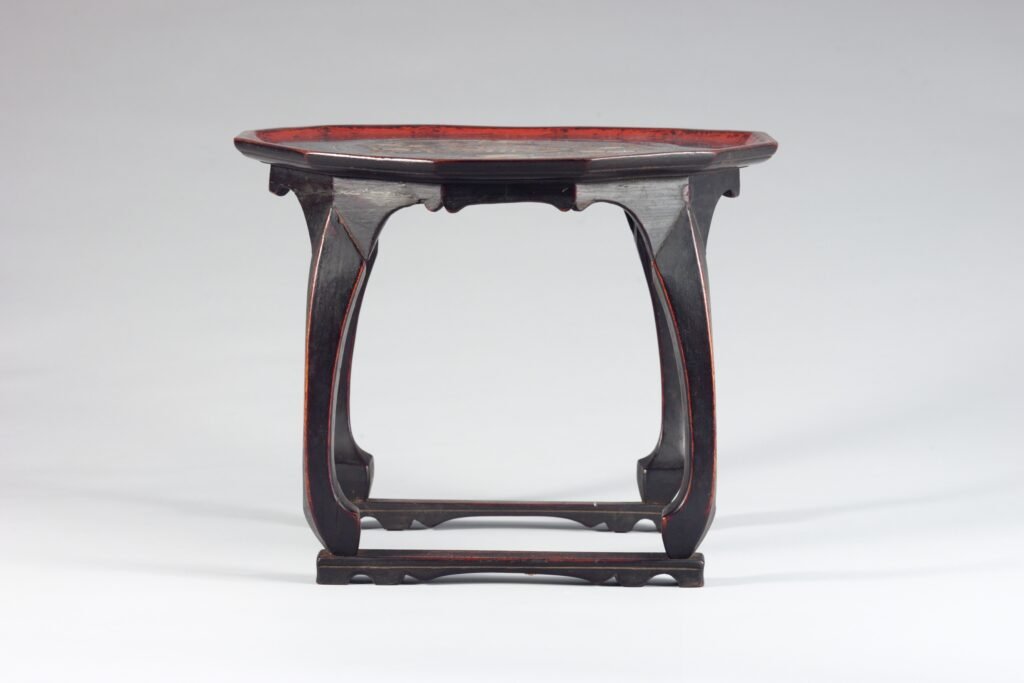
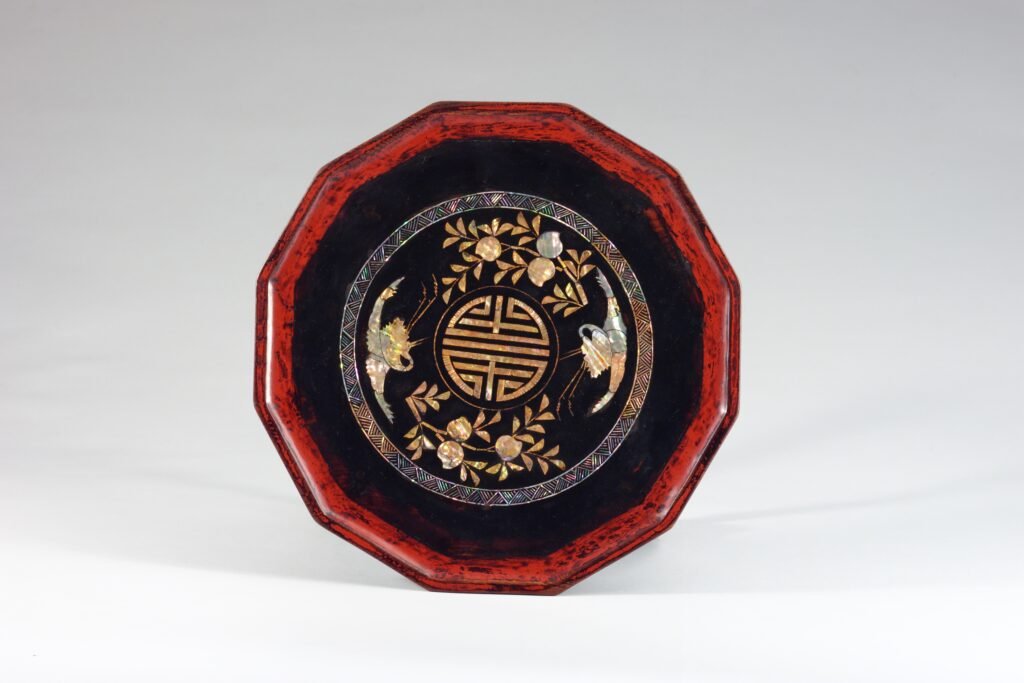
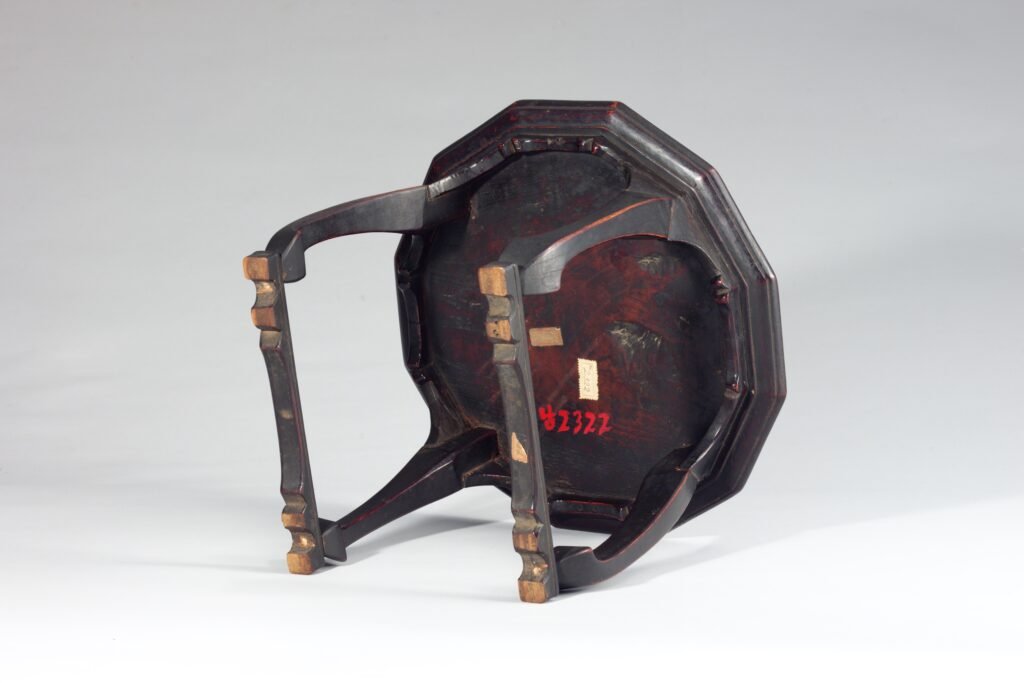
NAJU BAN.
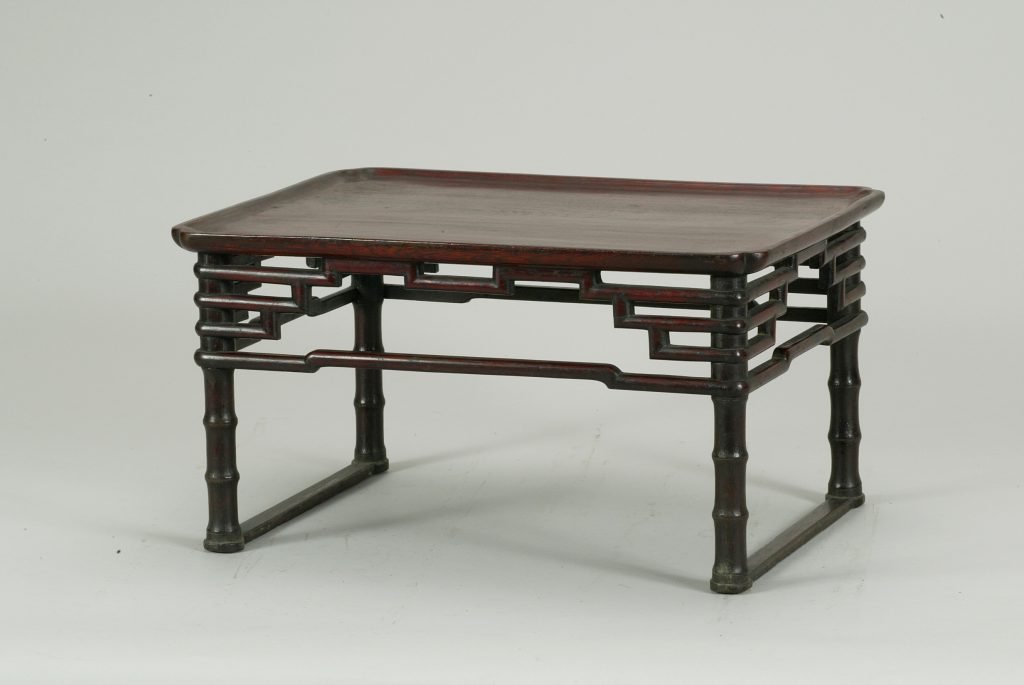
Collection National Folk Museum, Seoul.
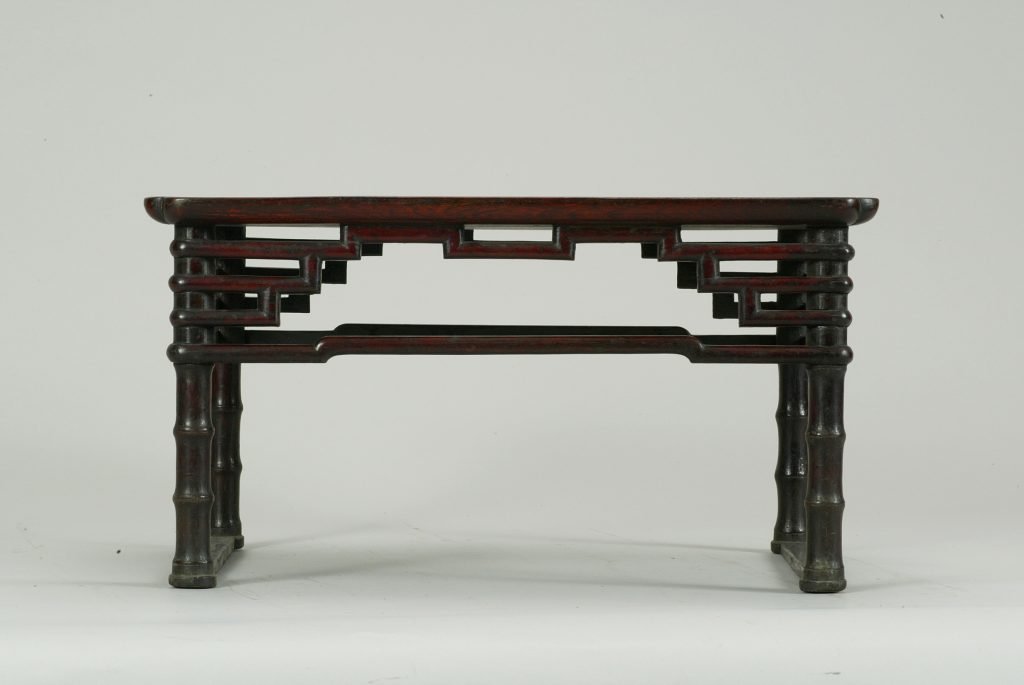
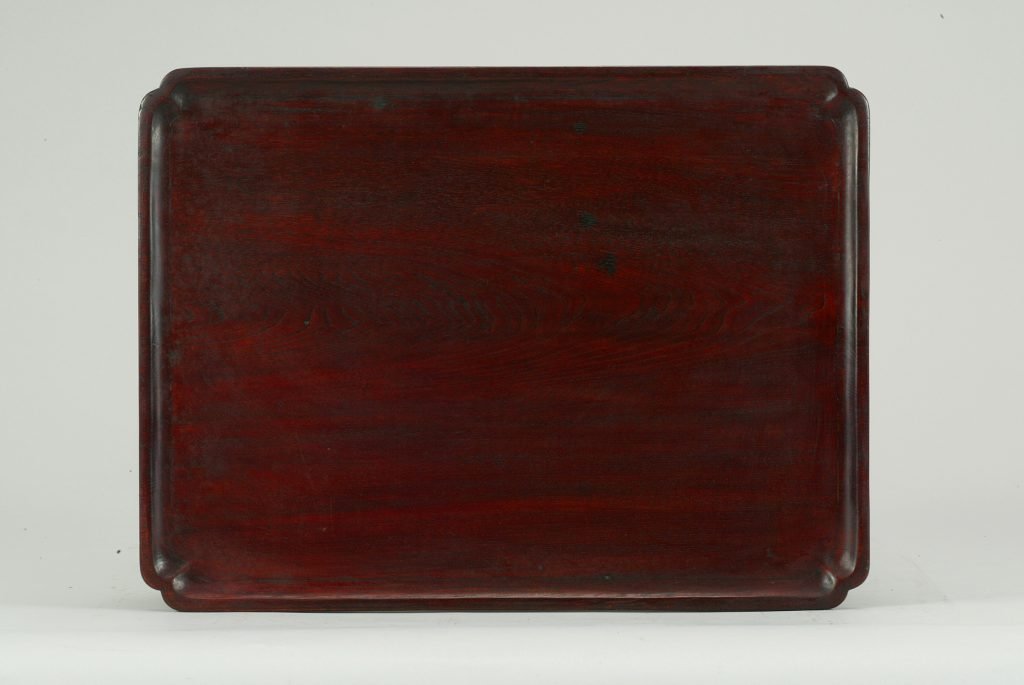
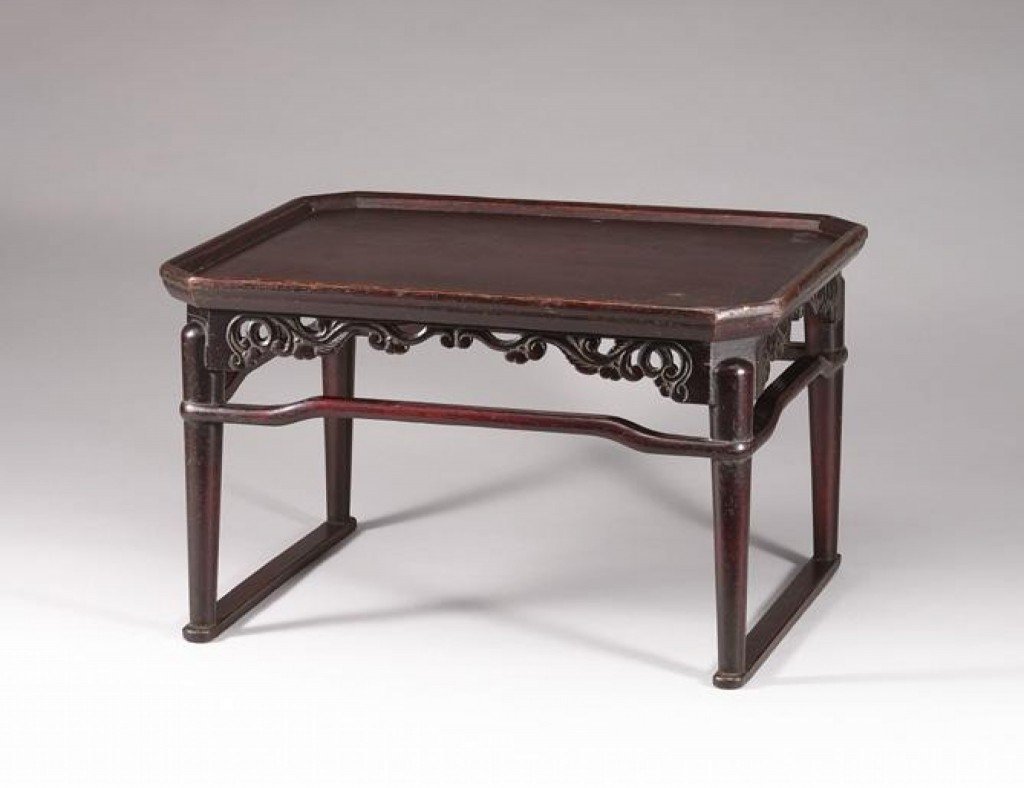
Collection National Museum of Korea.

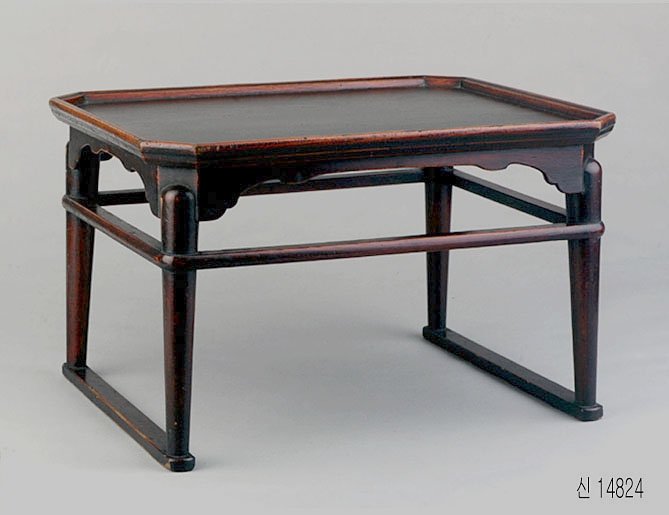
Collection National Museum of Korea.
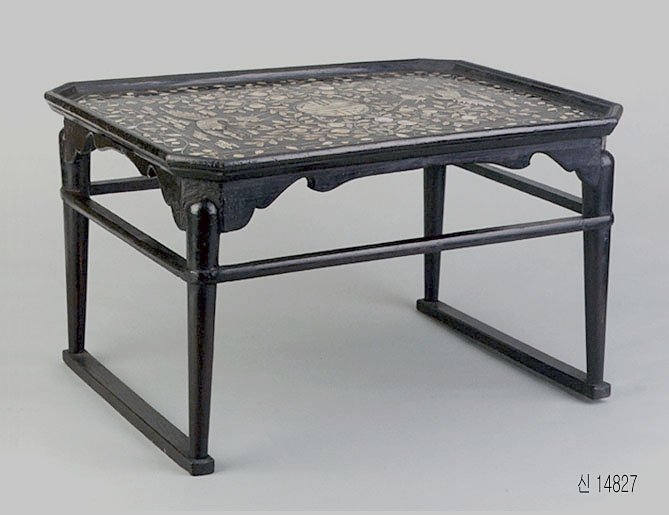
Collection National Museum of Korea.
TONGYEONG BAN.
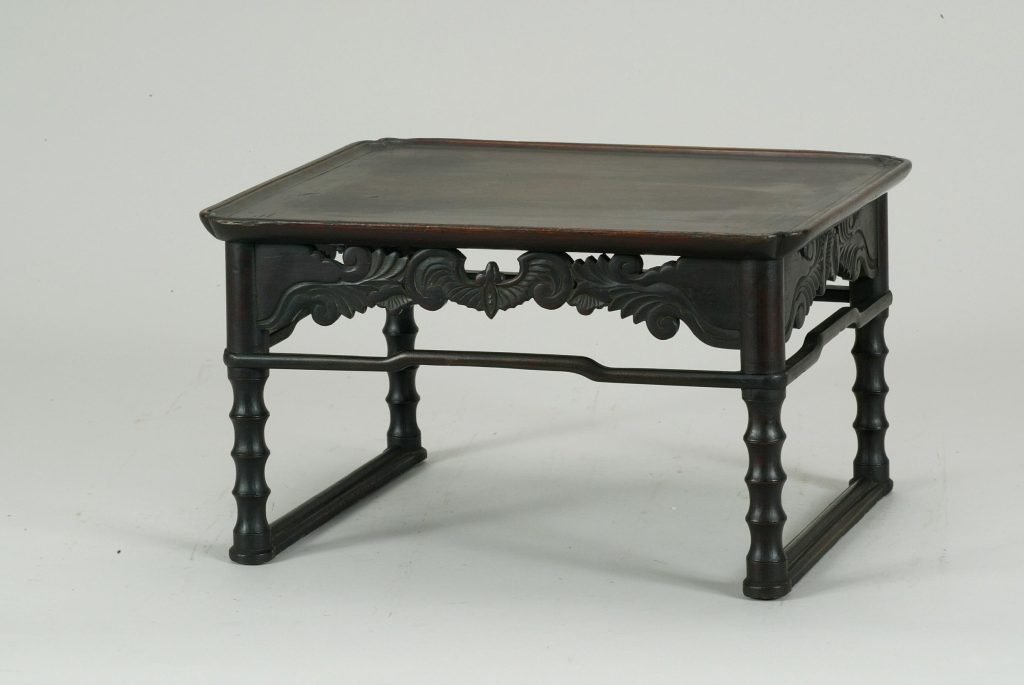
Collection National Folk Museum, Seoul.
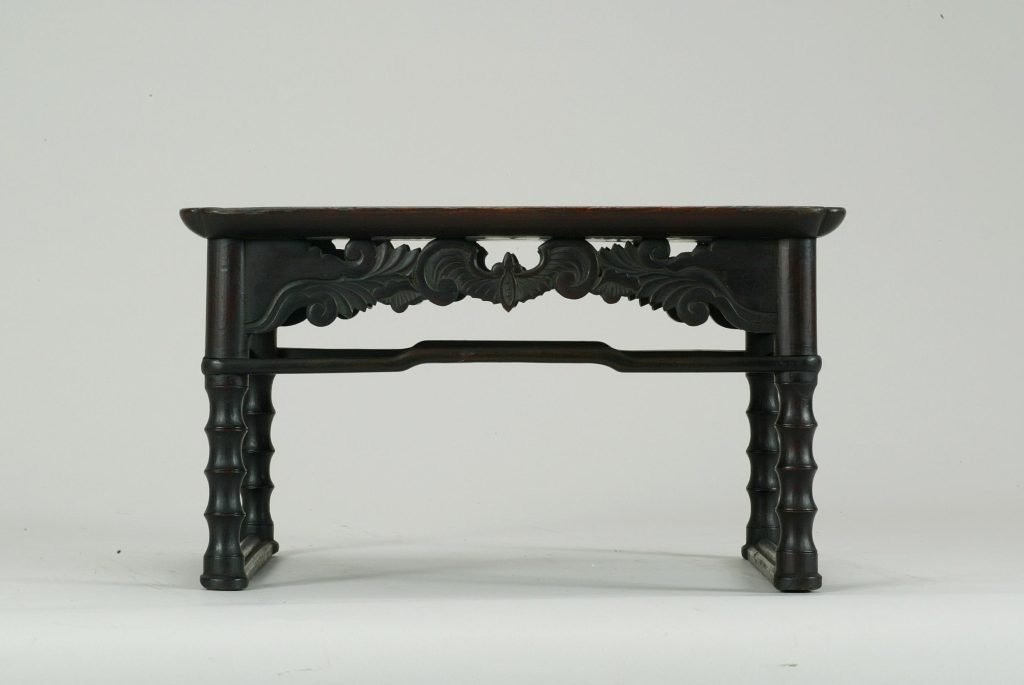
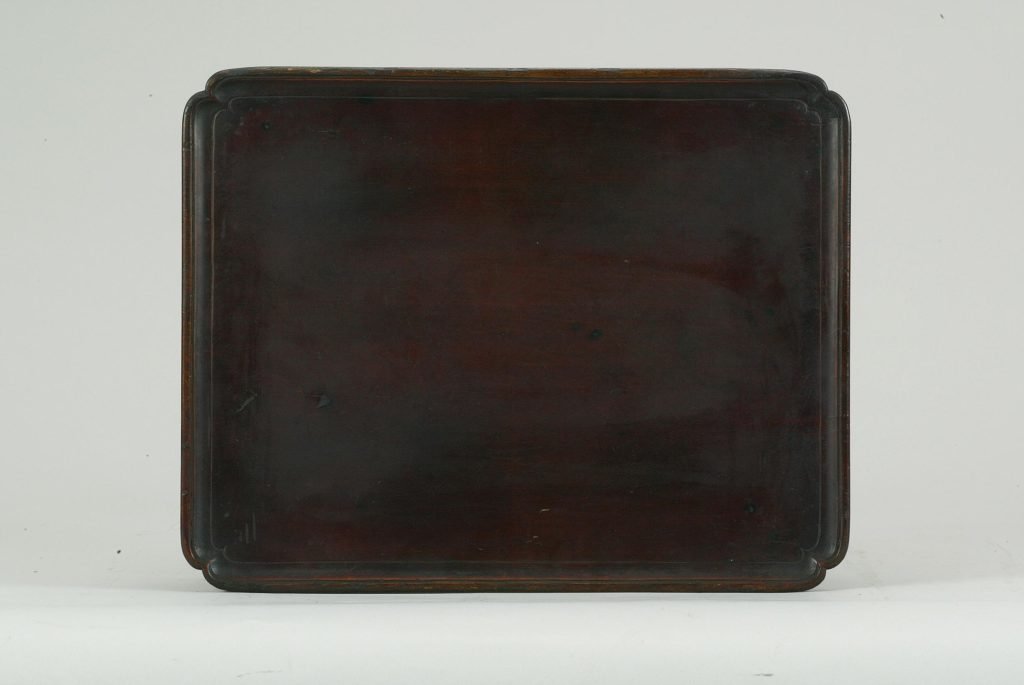

Collection National Folk Museum, Seoul.
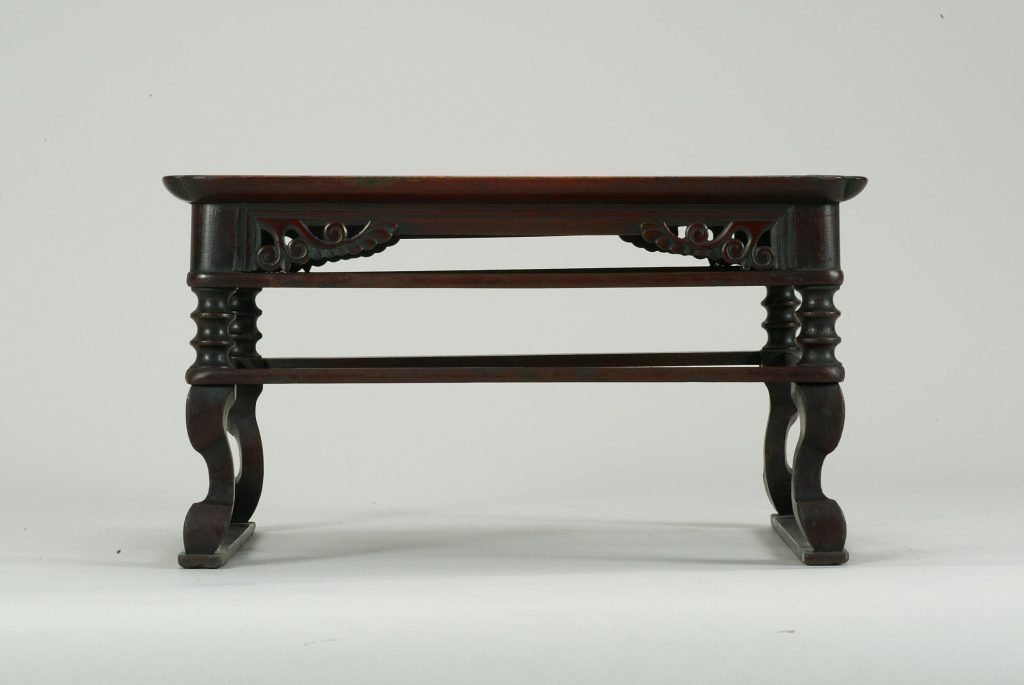
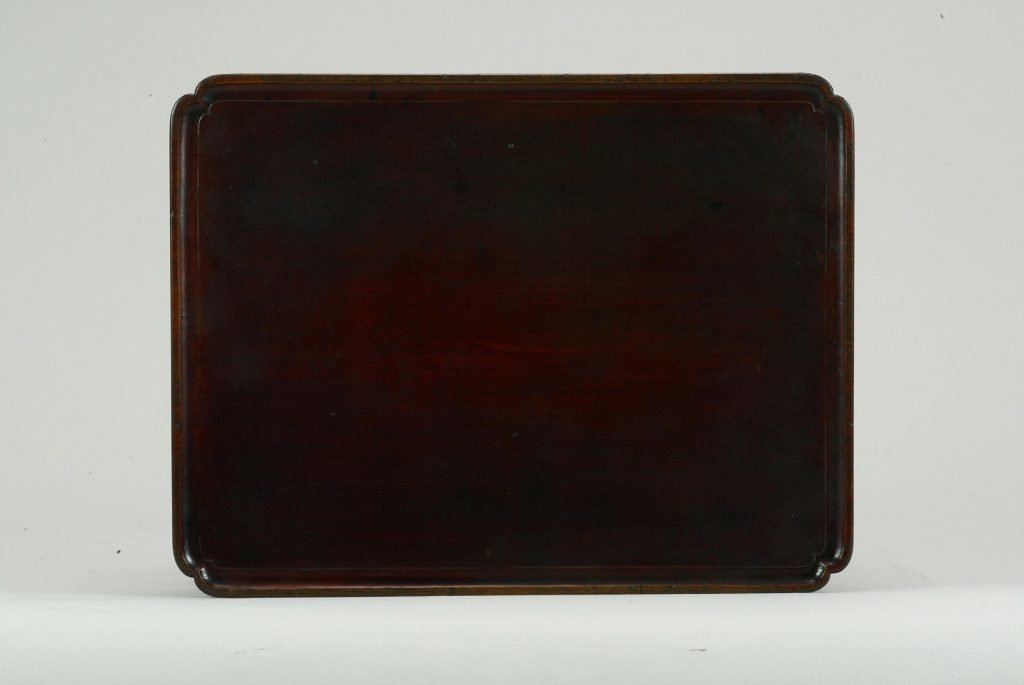

Collection: Gimhae Folk Museum
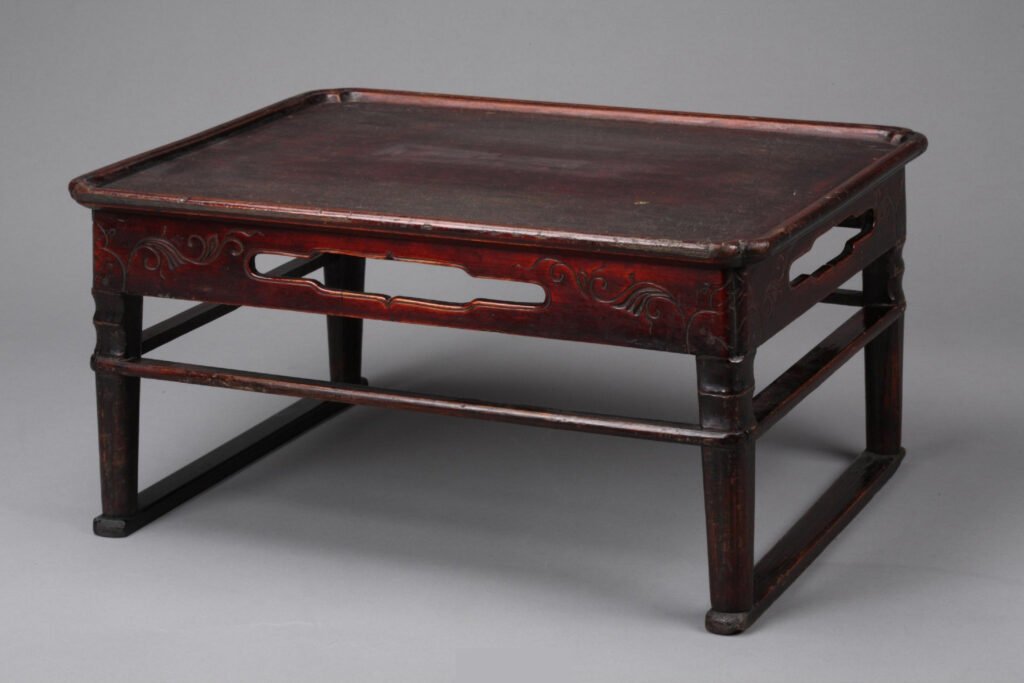
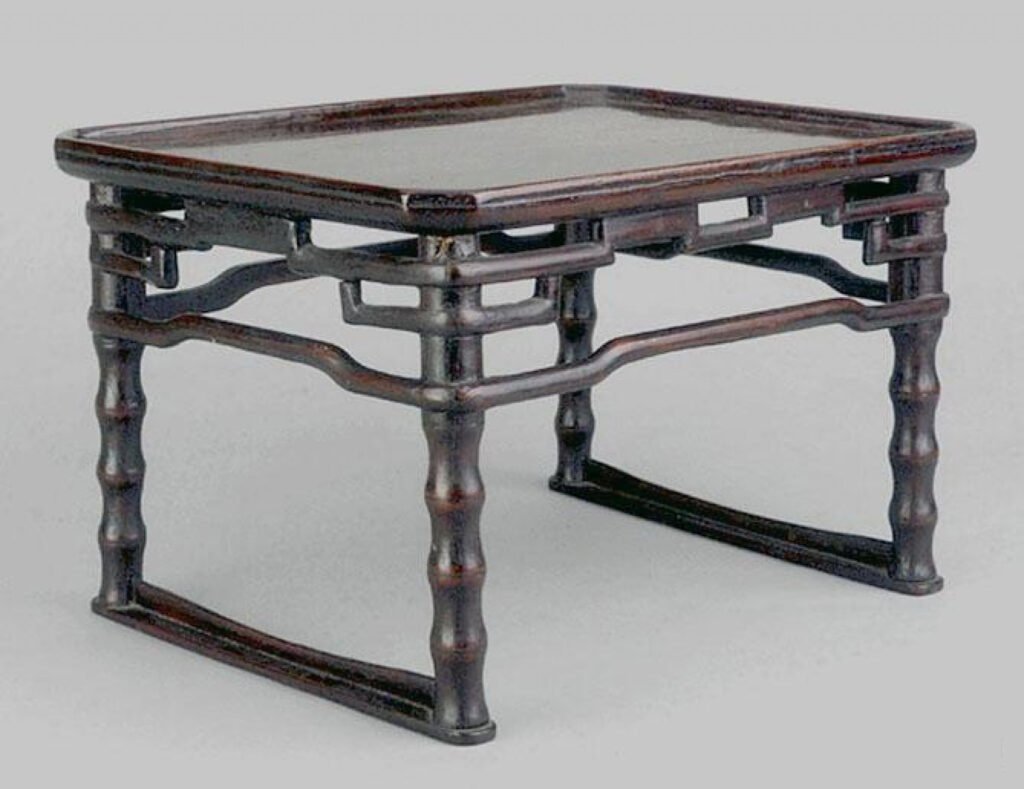
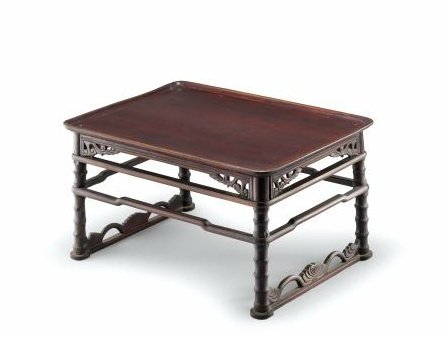
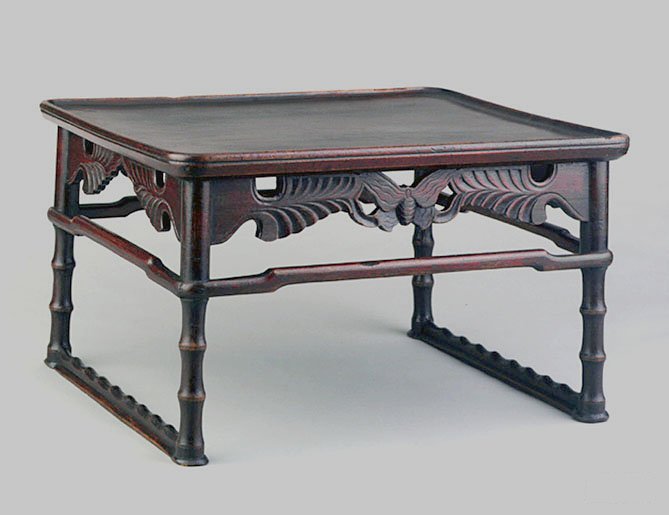
Collection National Museum of Korea.
HAEJUBAN.
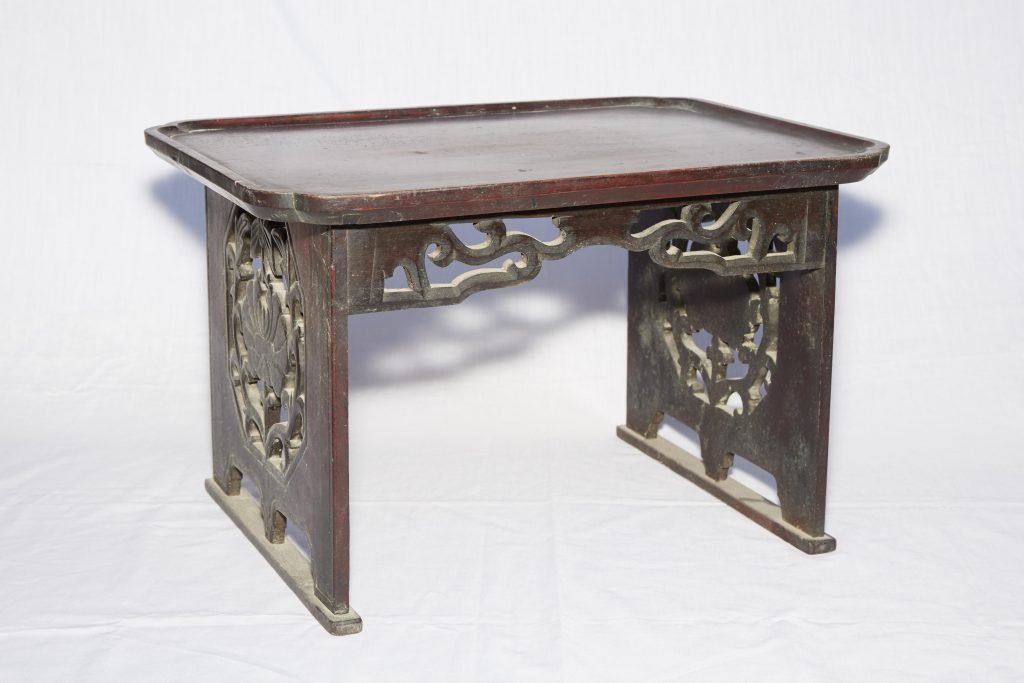
Made in Haeju, Hwanghae Province. Rhinestones and chrysanthemum patterns are openwork on the sides of the clouds and legs.
Collection: Sokcho museum, Korea.
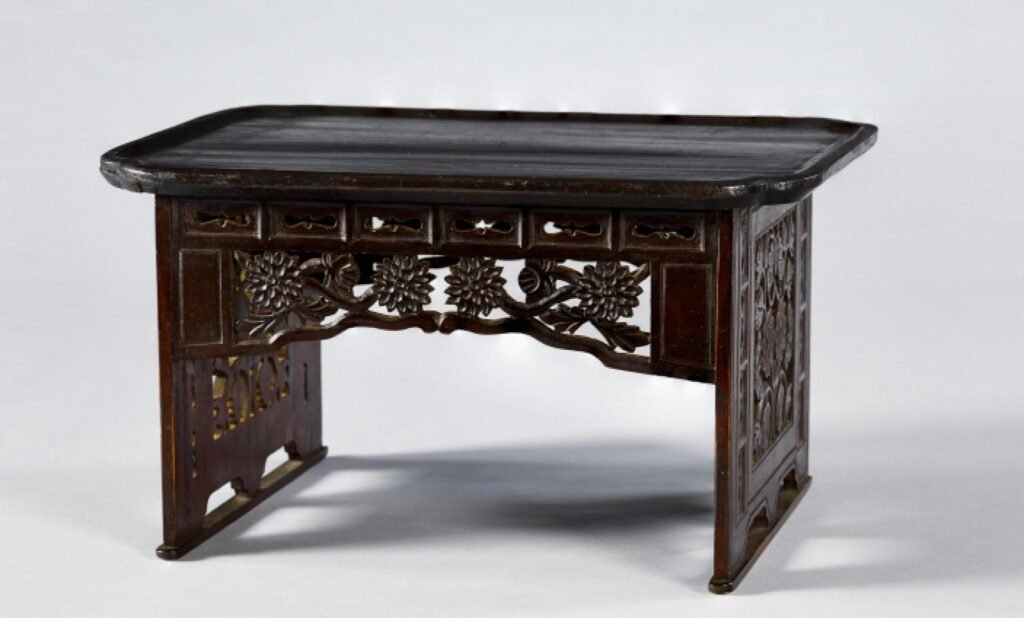
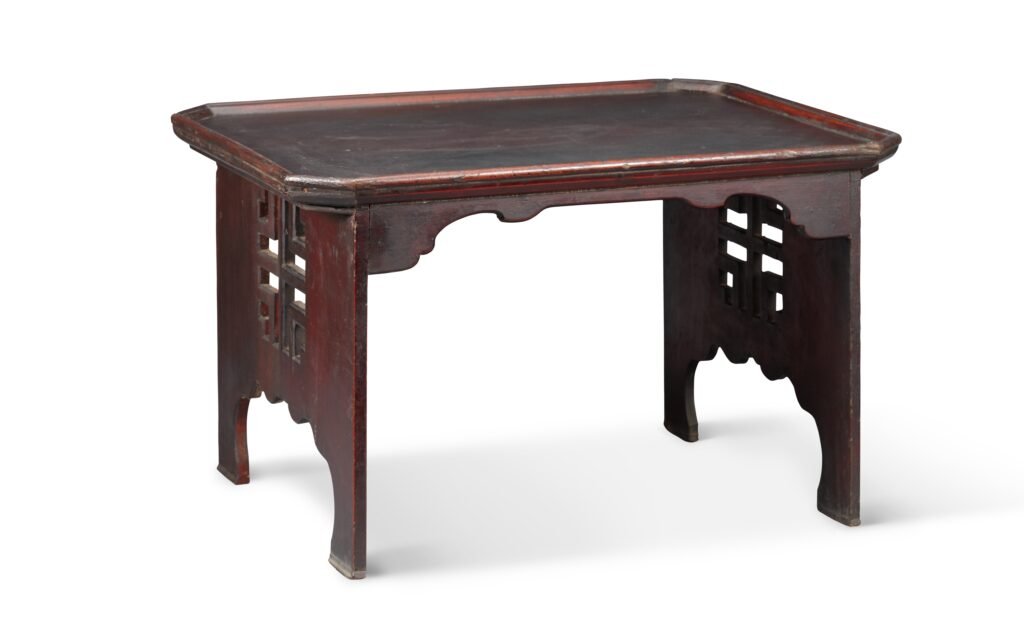
Collection: National Museum of Korea.
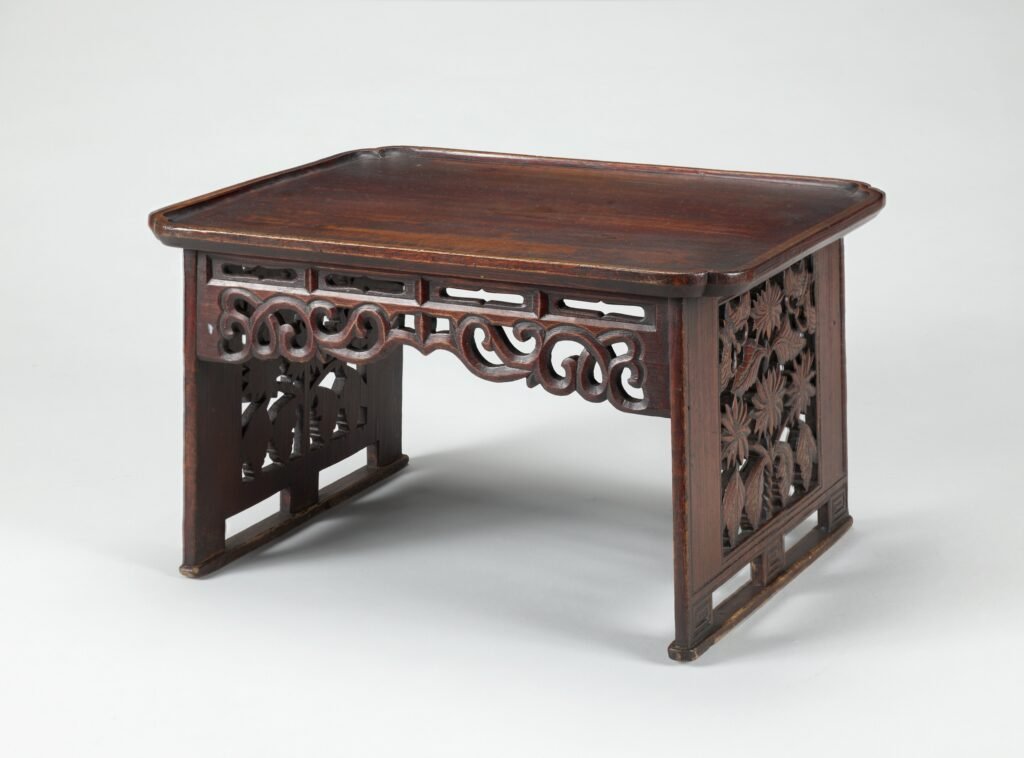
Collection: National Museum of Korea.

Collection: National Museum of Korea.
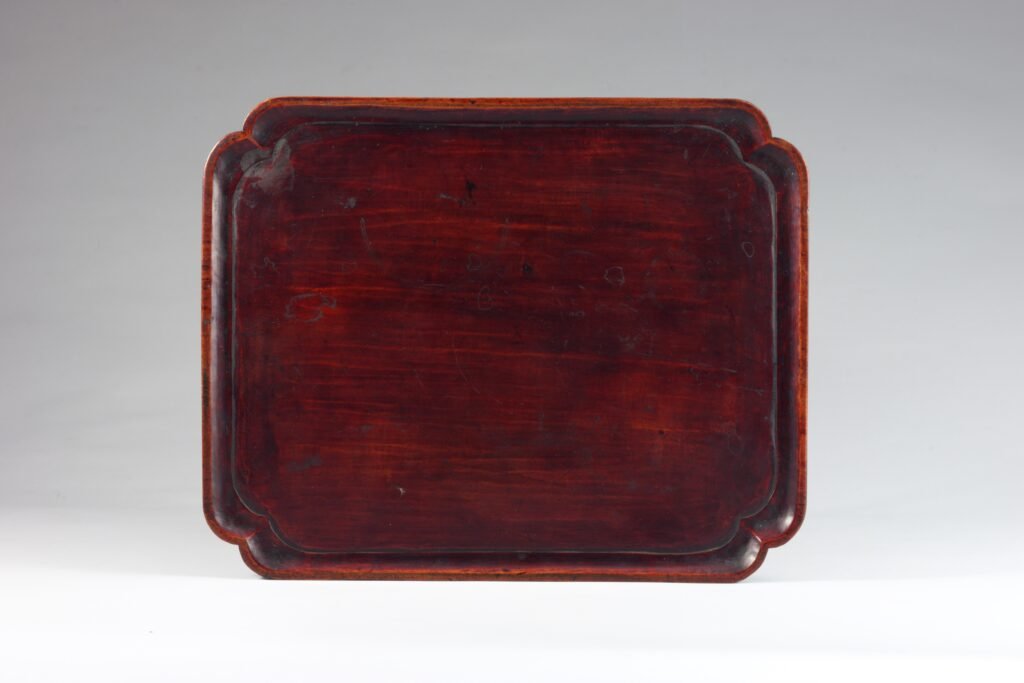
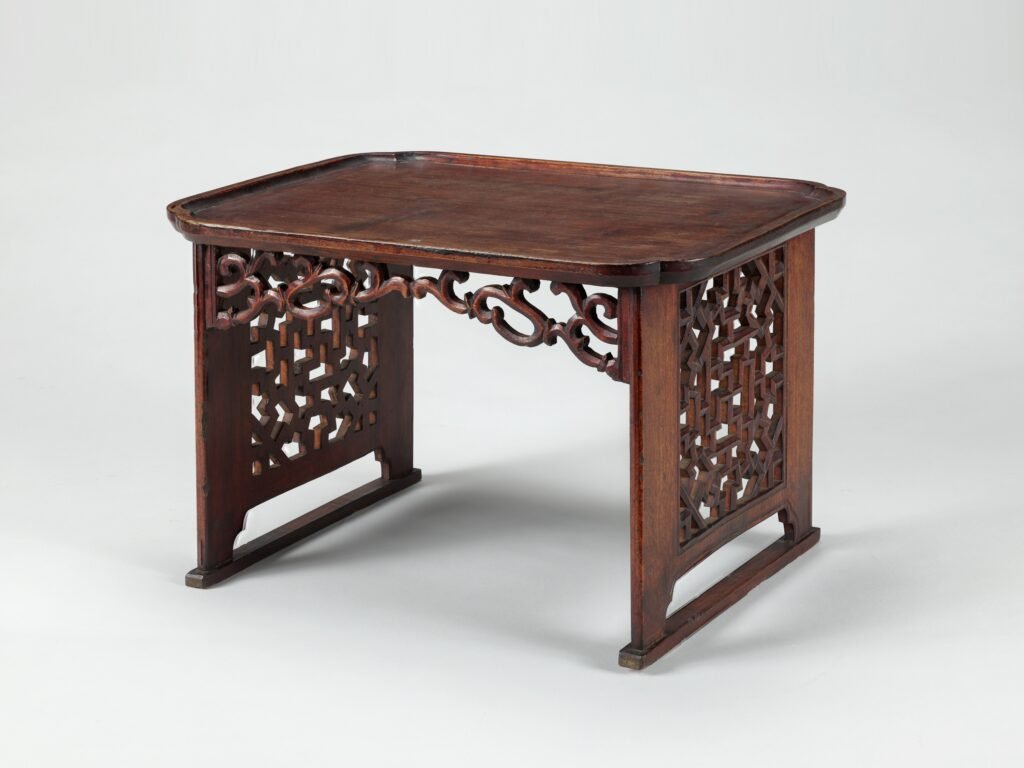
Collection: National Museum of Korea.
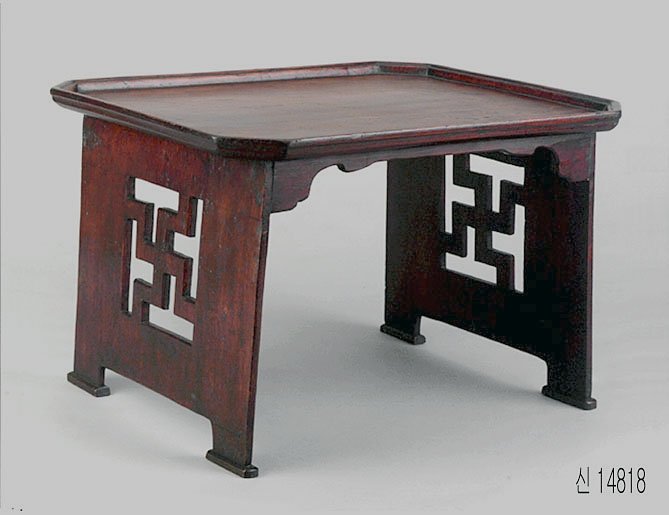
Collection: National Museum of Korea.
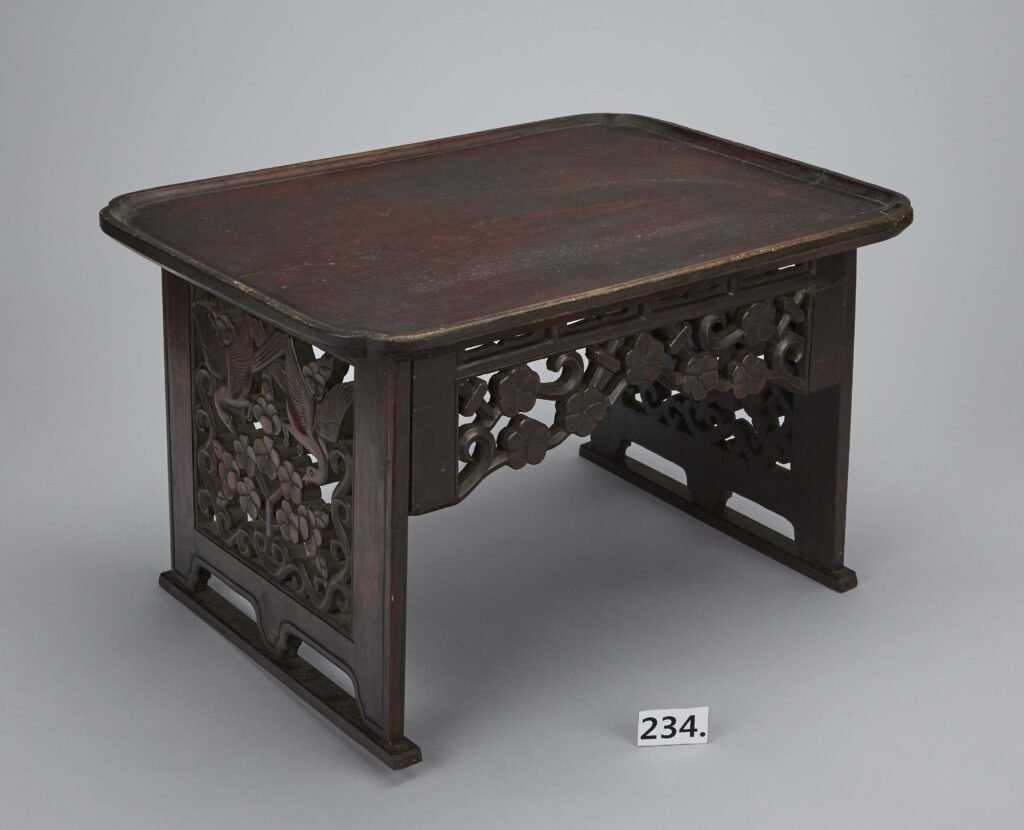
Collection: Choi Yong-shin Memorial Hall
GANGWON BAN.
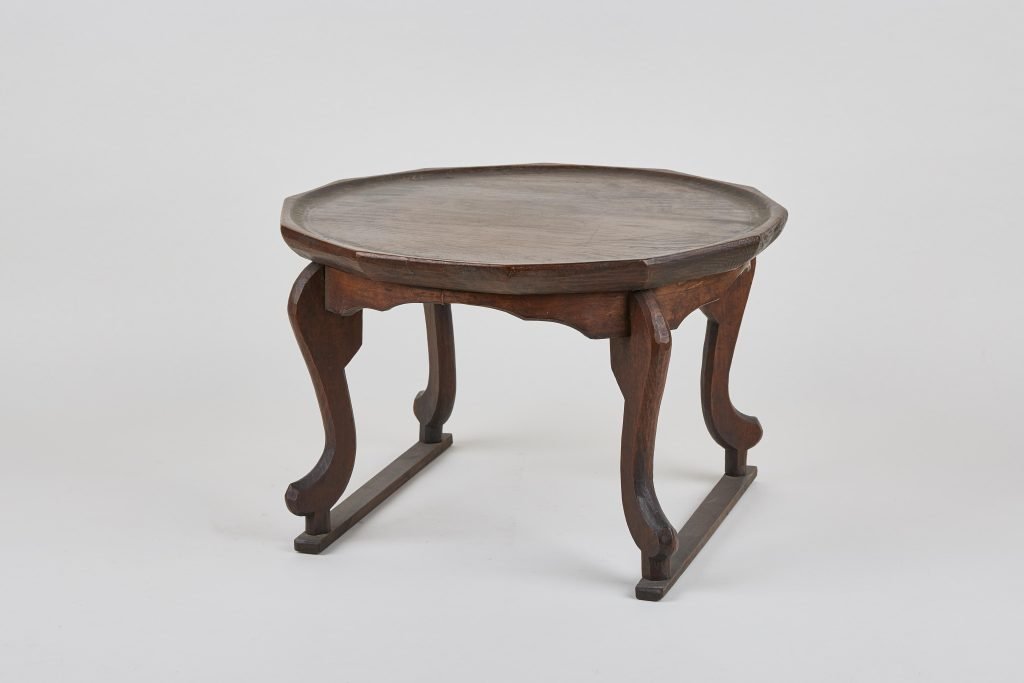
H. 28,5 cm, Diameter. 43,2cm.
Polygonal top plate that forms 12 angles
Collection: Sokcho museum, Korea.
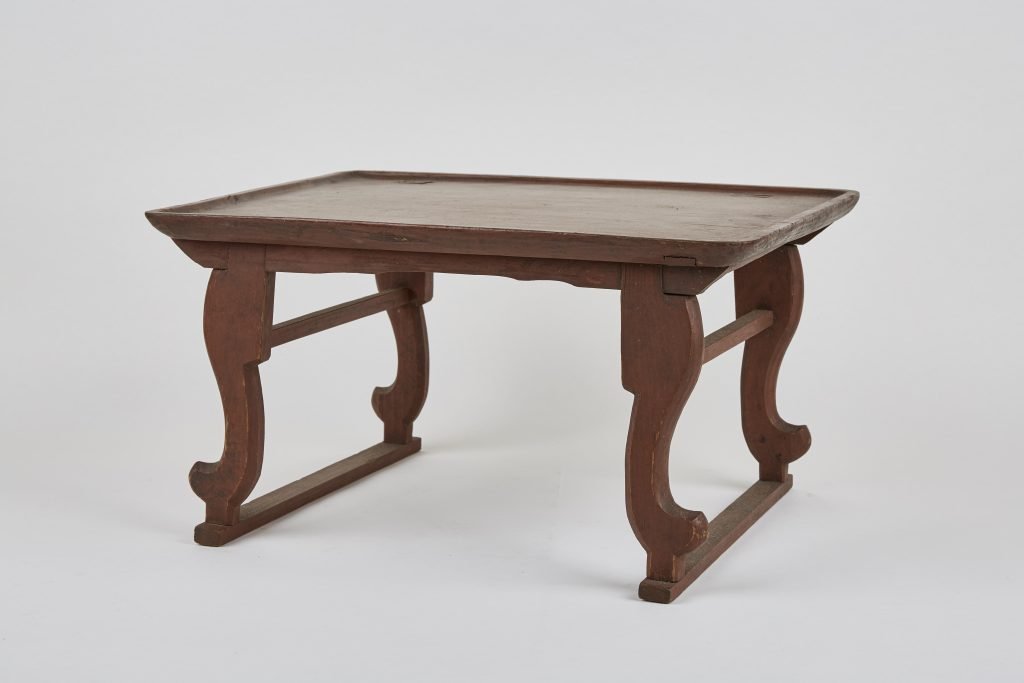
Pine wood. H. 25,6cm, W. 47cm, D. 35cm.
Collection: Sokcho museum, Korea.

WONBAN.
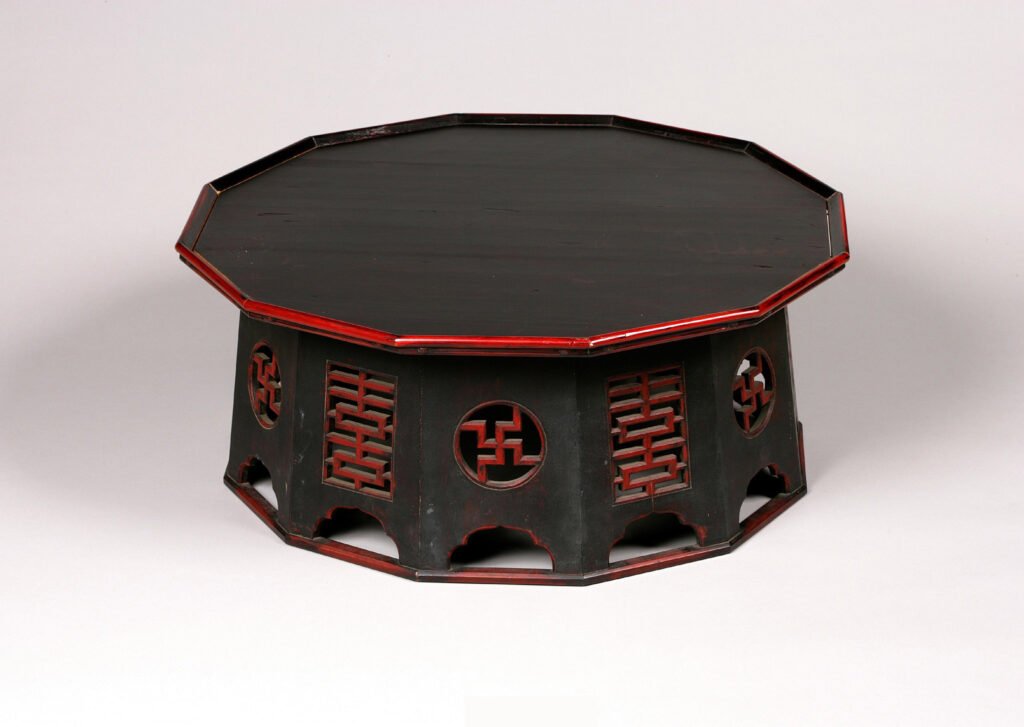
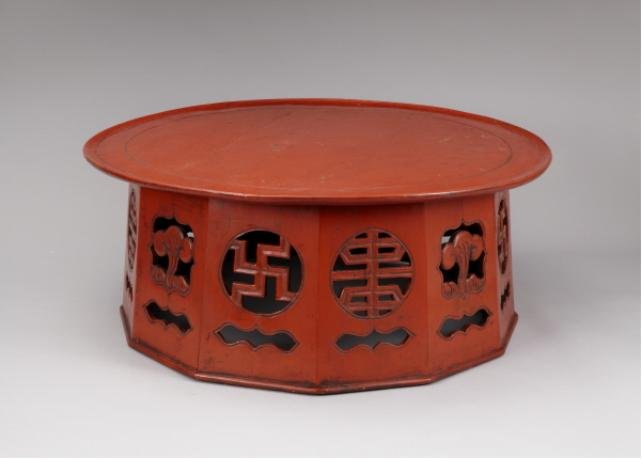
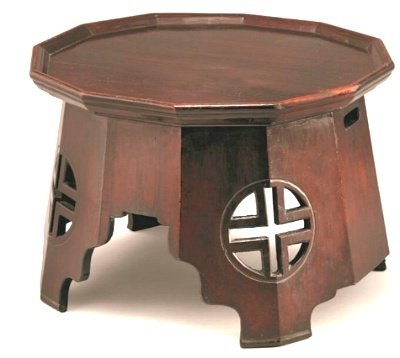
It consists of a 12-sided half face and has handle holes on the left and right sides for easy carrying on the head.
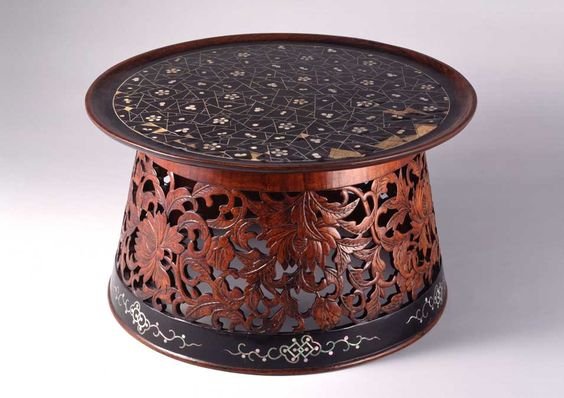
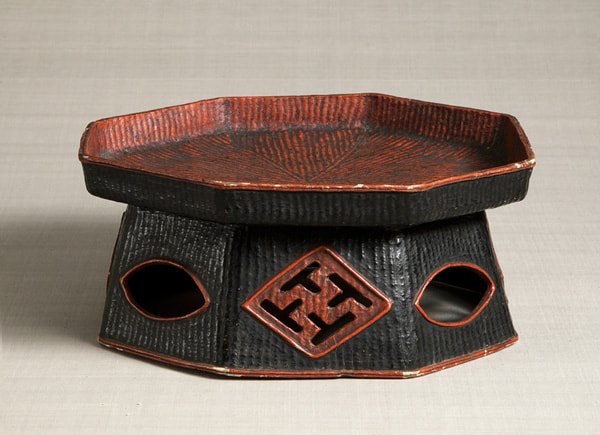

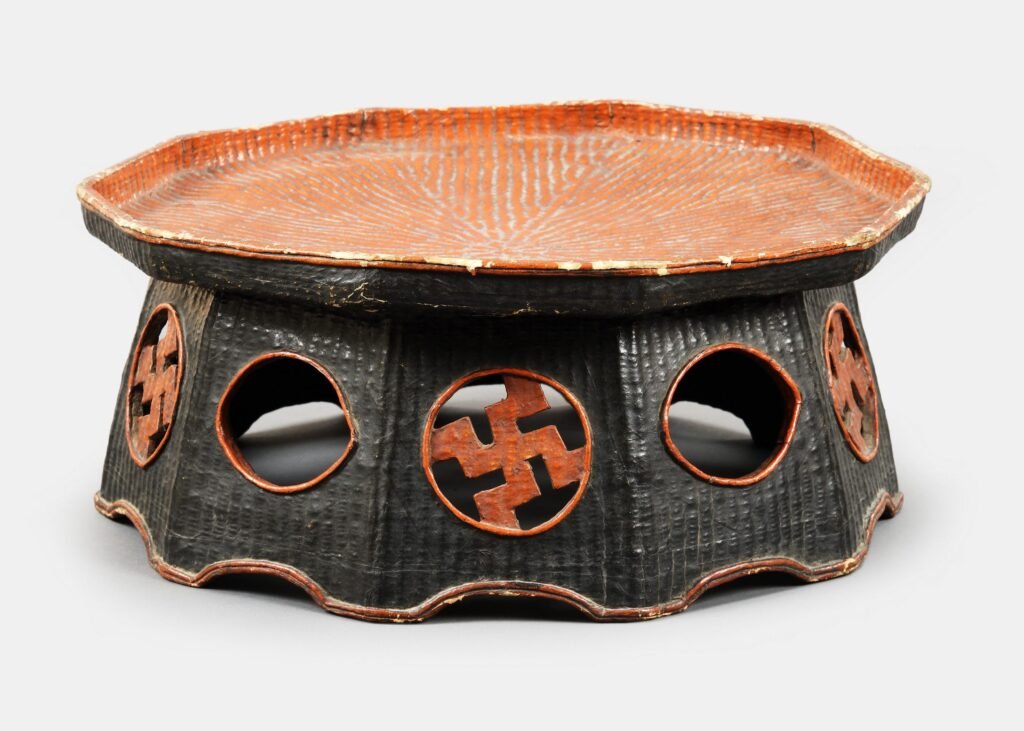
Collection: National Folk Museum, Seoul.
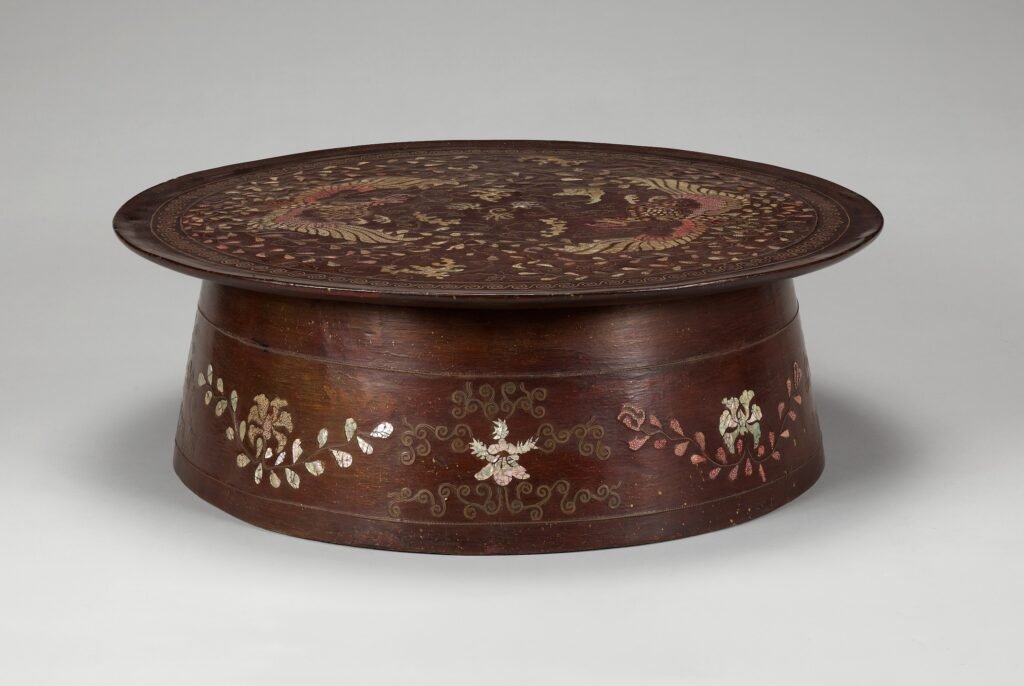
H. 23,5cm, Bottom diameter 70,7cm, top diameter 60,7cm. Collection National Museum of Korea.
Also called “Gonggosang” this soban was used to carry food on the heads when eating outdoors or in government offices, and is also called “Beonsang”.


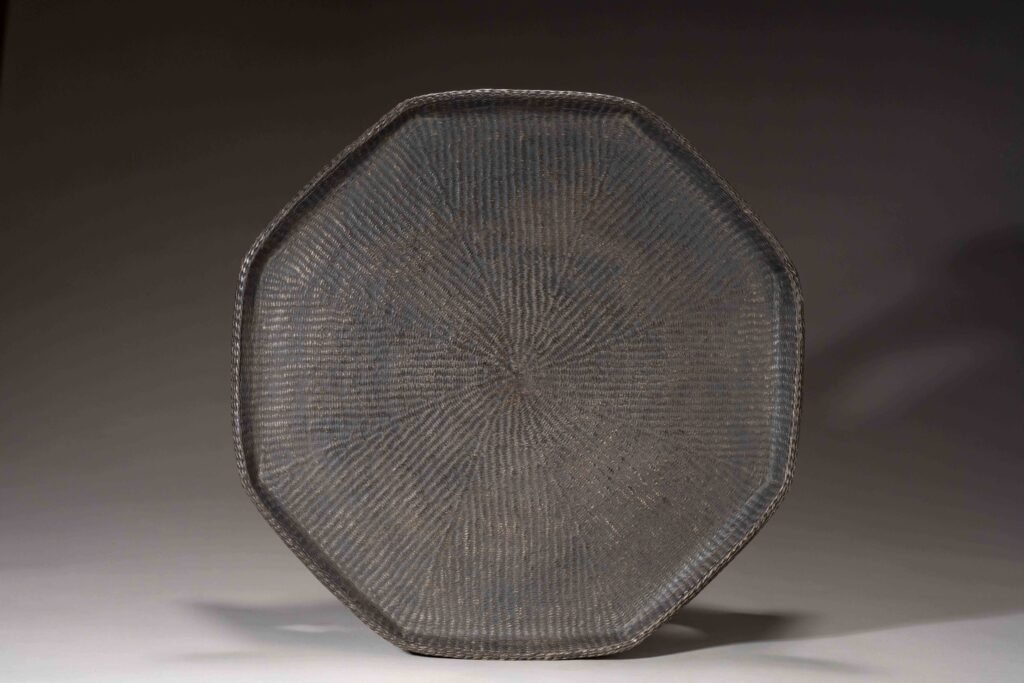
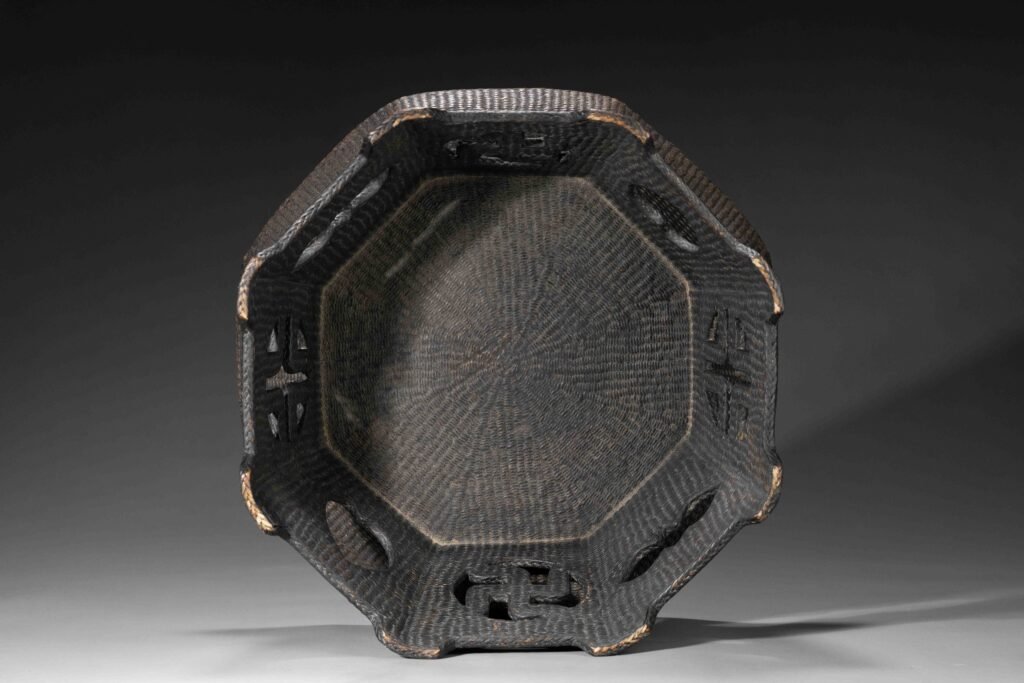

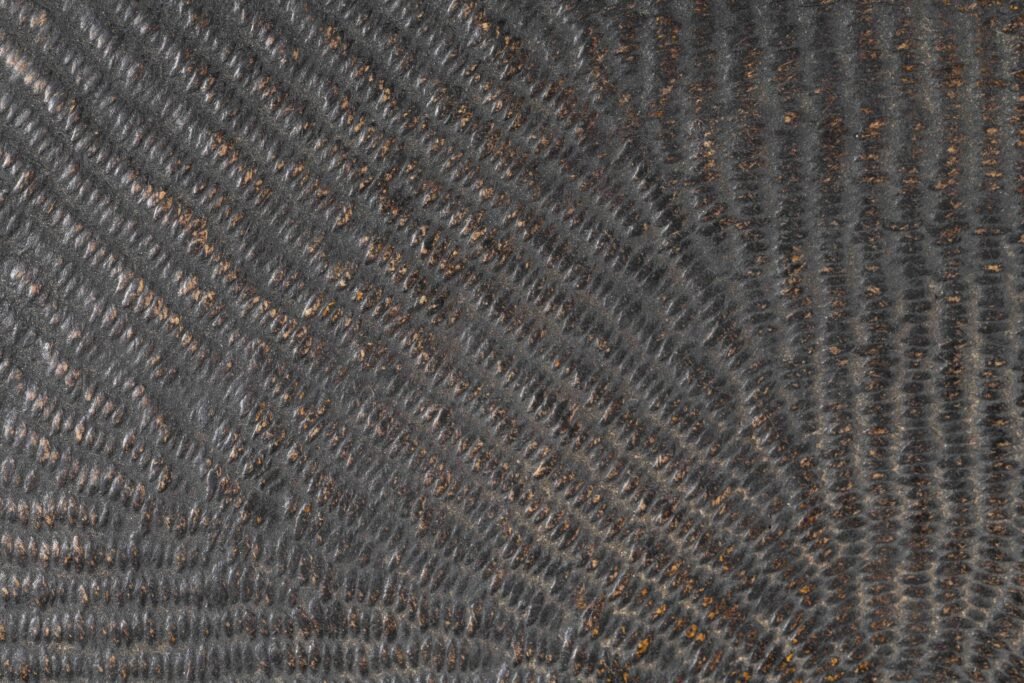
ILJUBAN.

On top of the pillars, supporters carved with cloud and vine patterns support the 12-sided top plate.
Collection: National Museum of Korea.
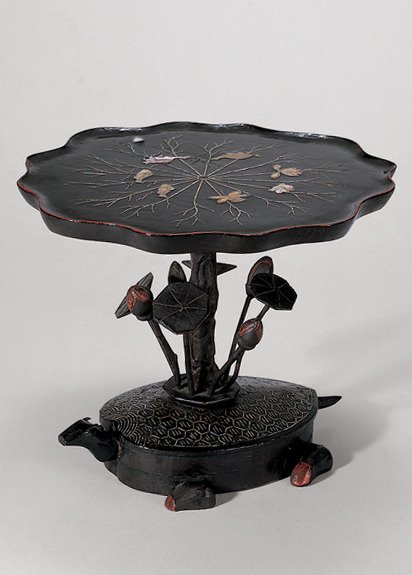
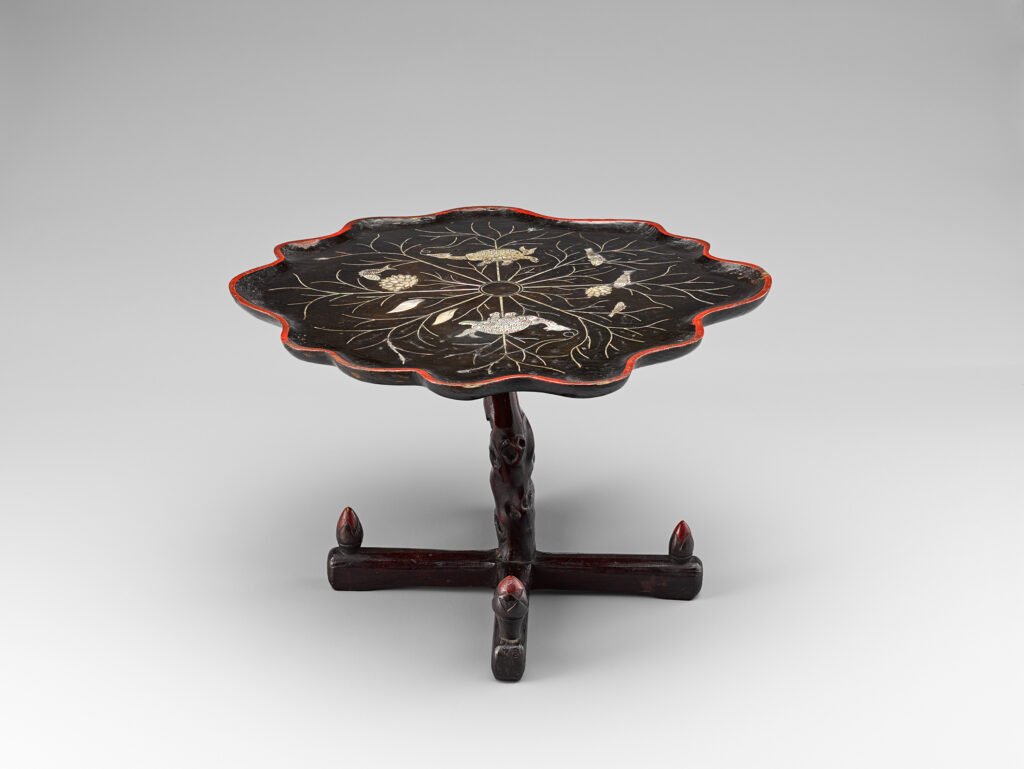

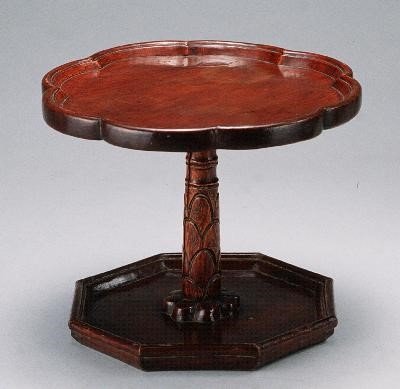
Collection National Museum of Korea.

Collection National Museum of Korea.
